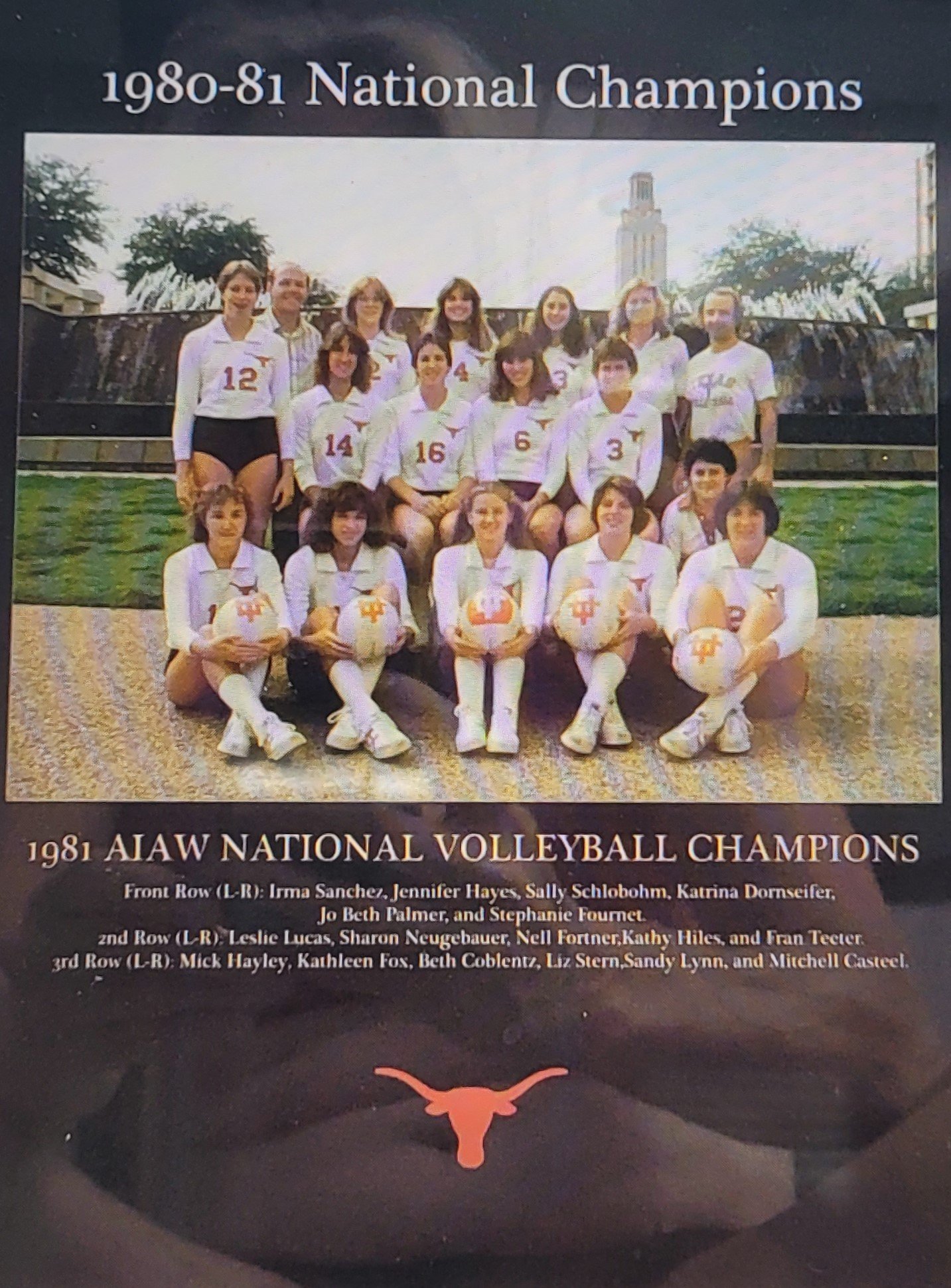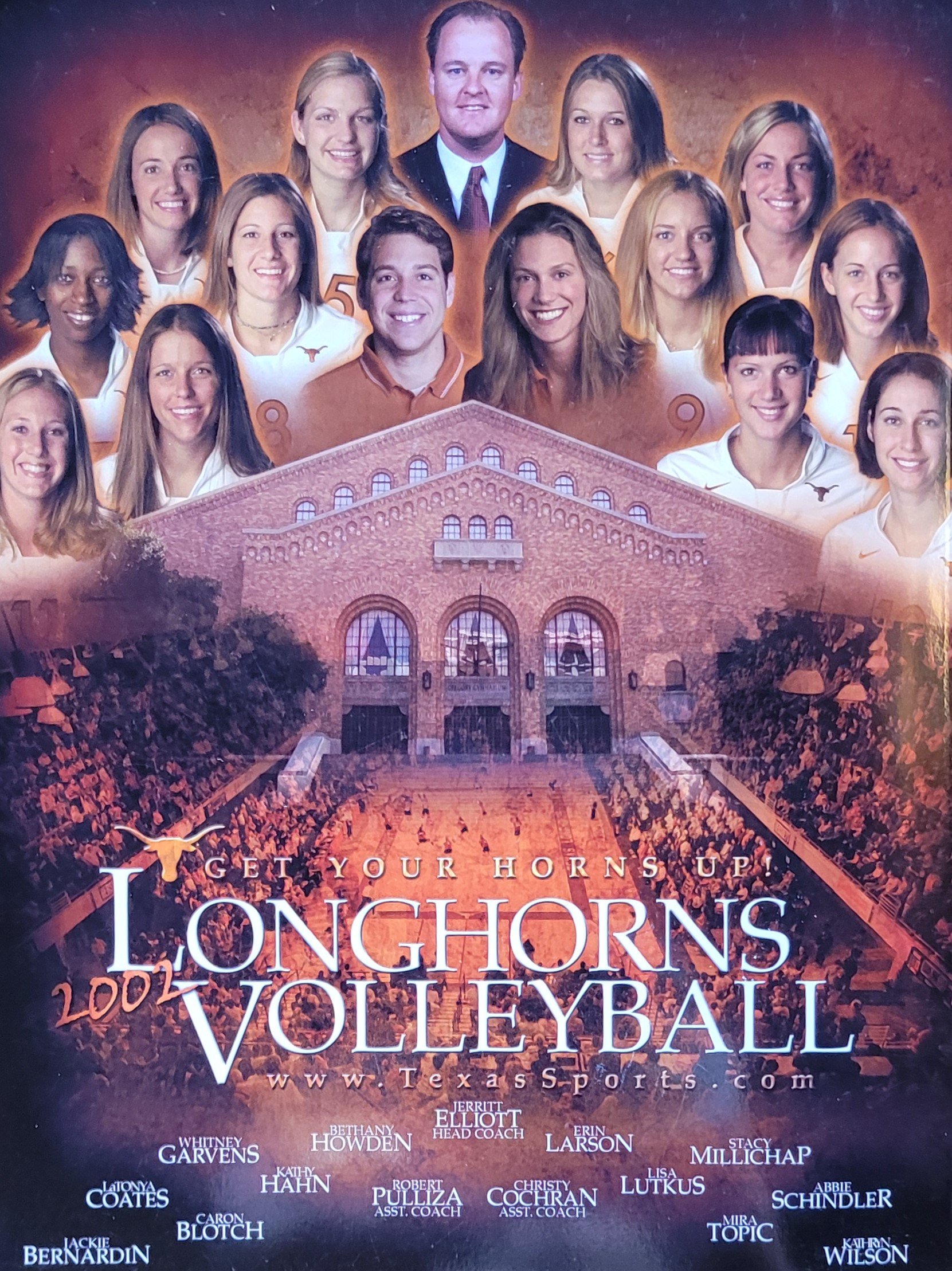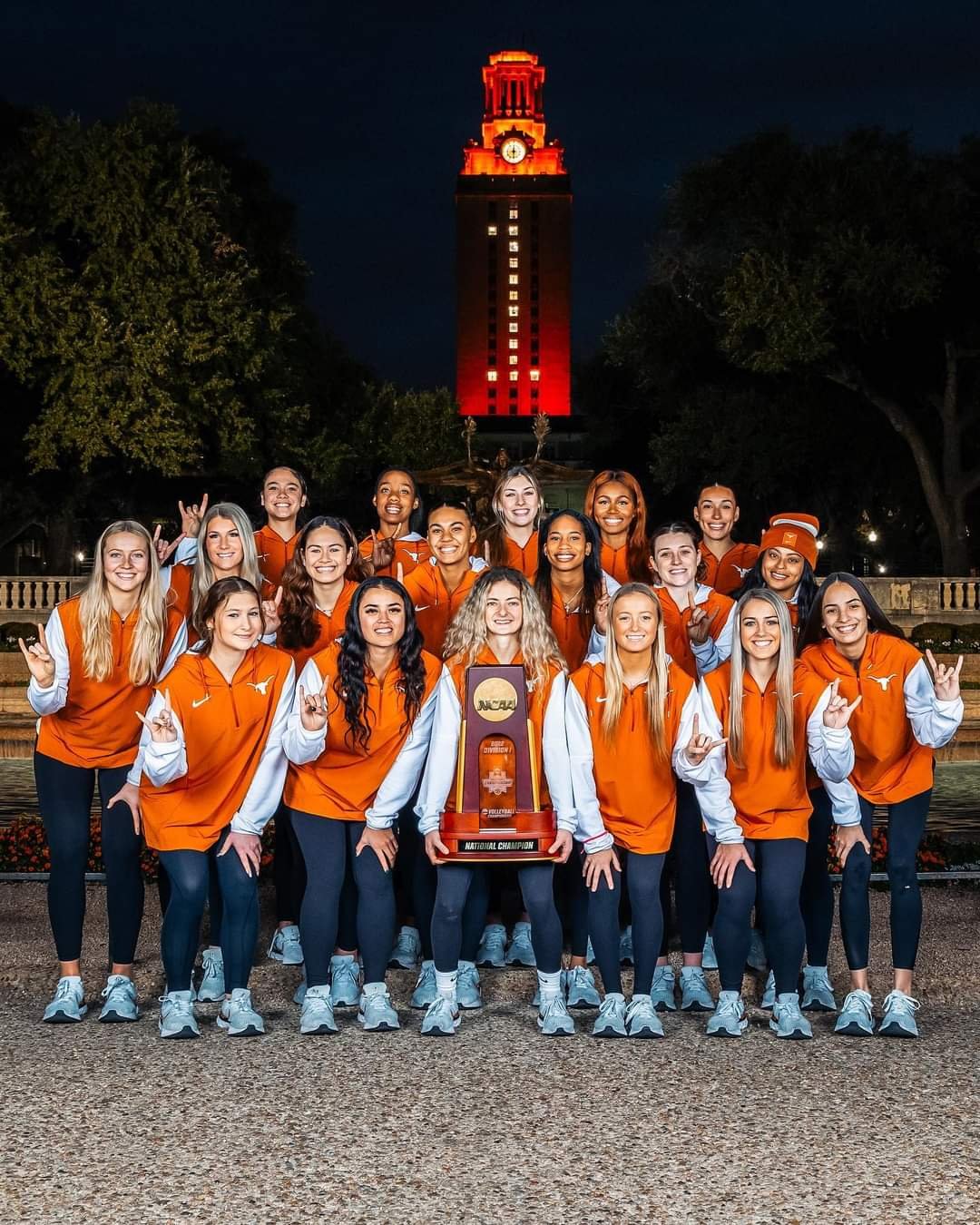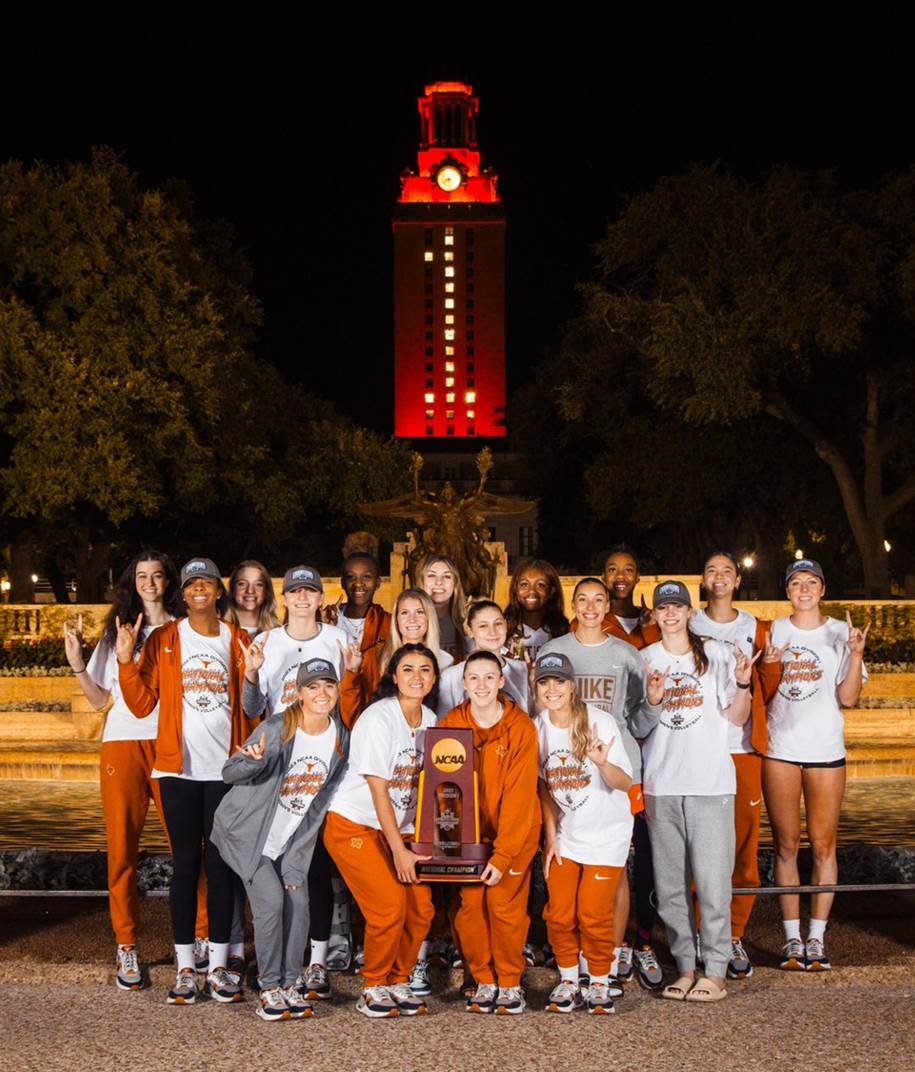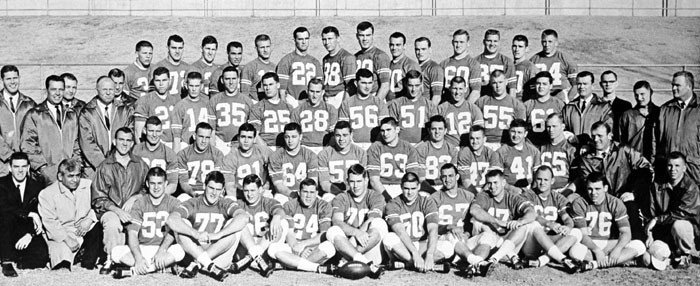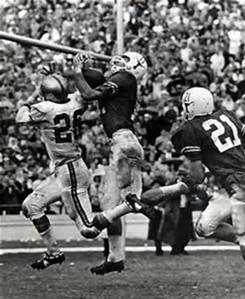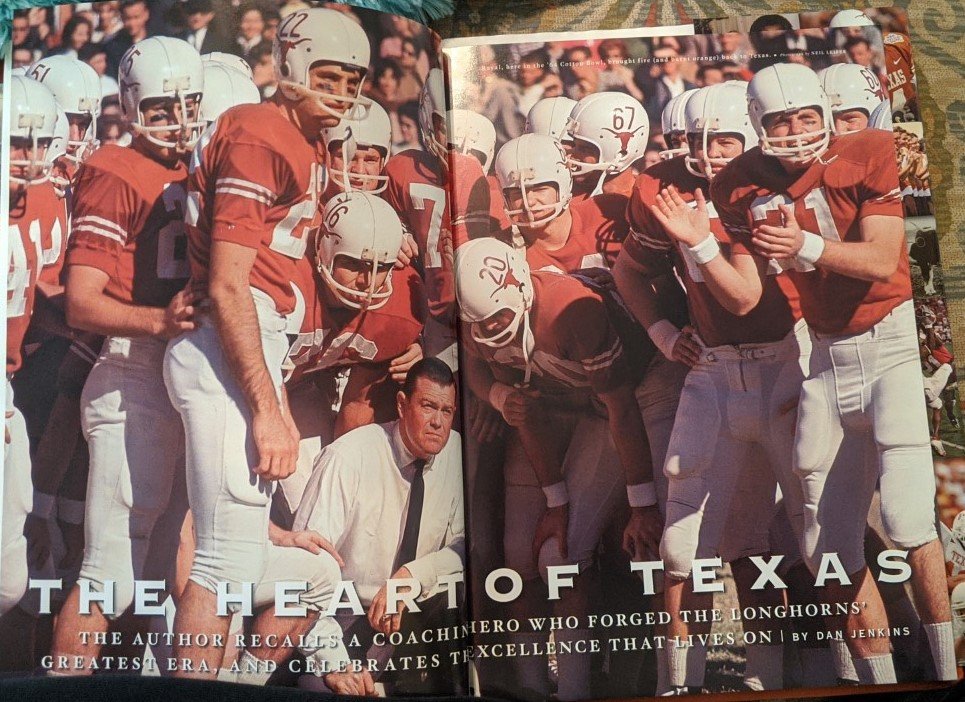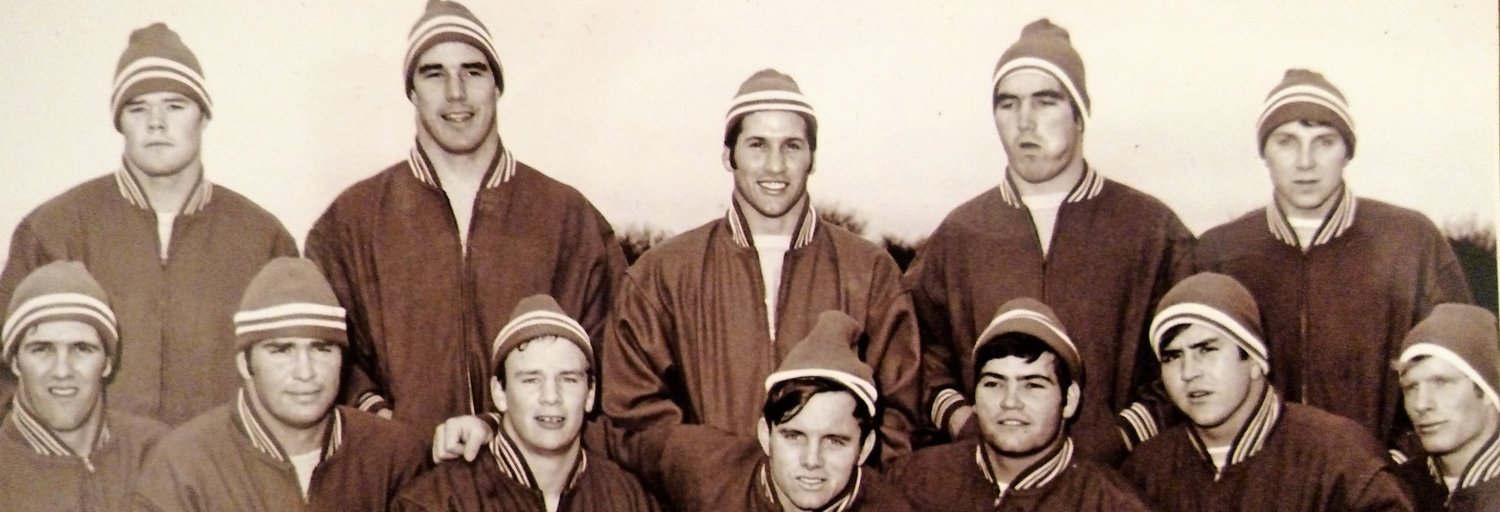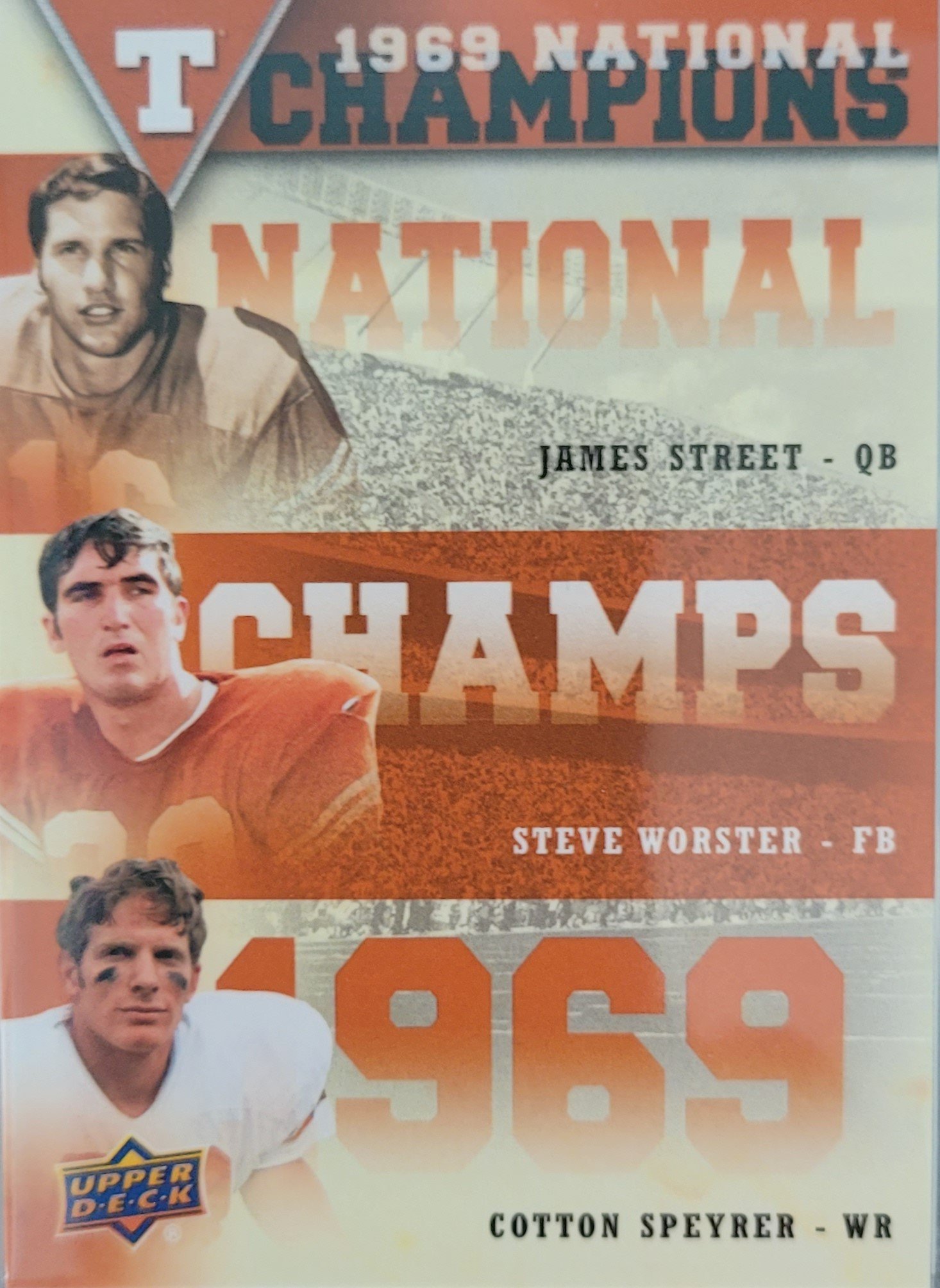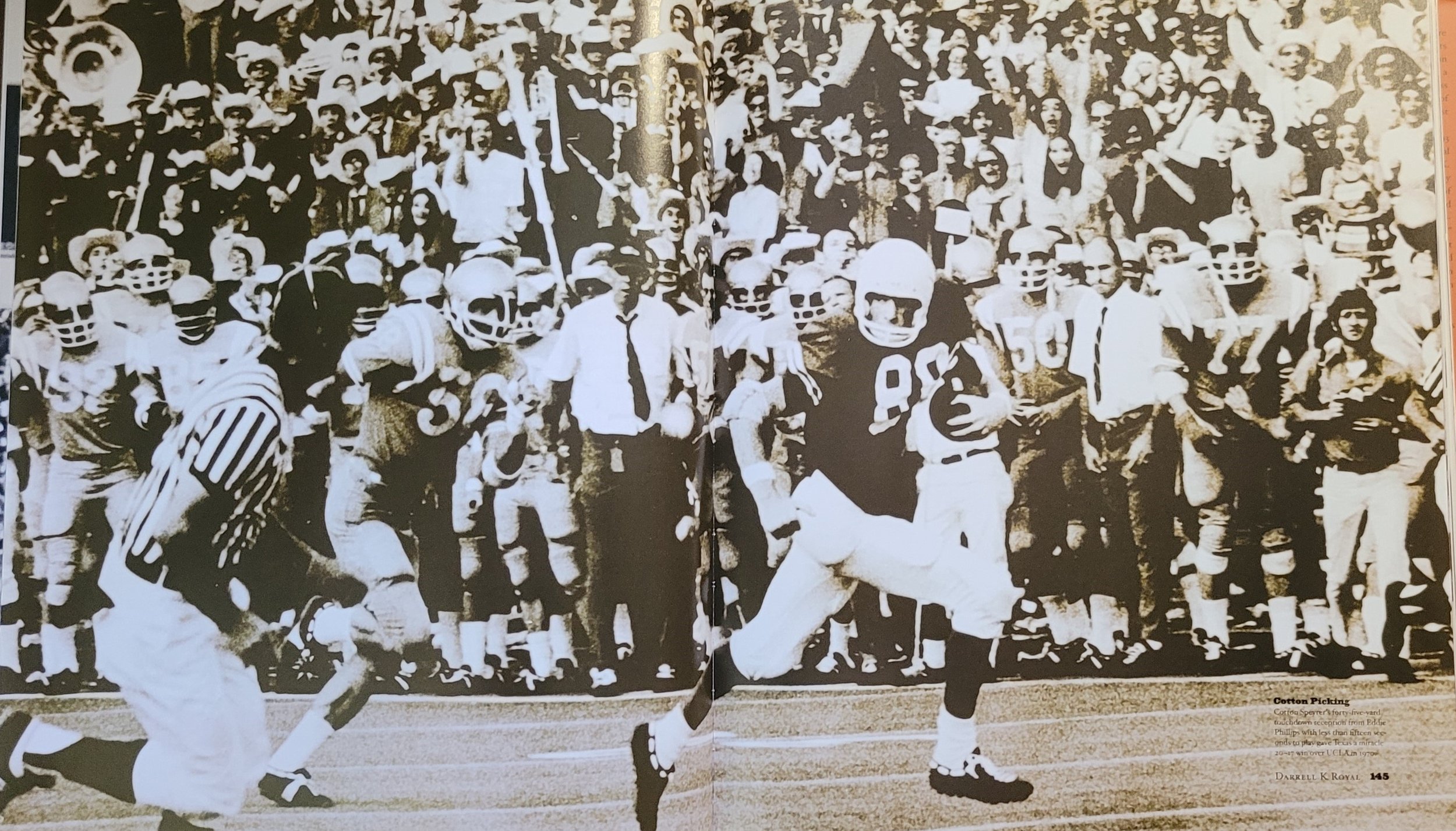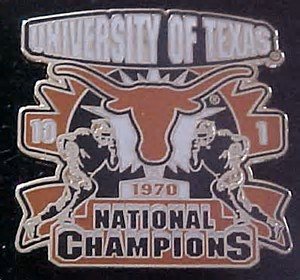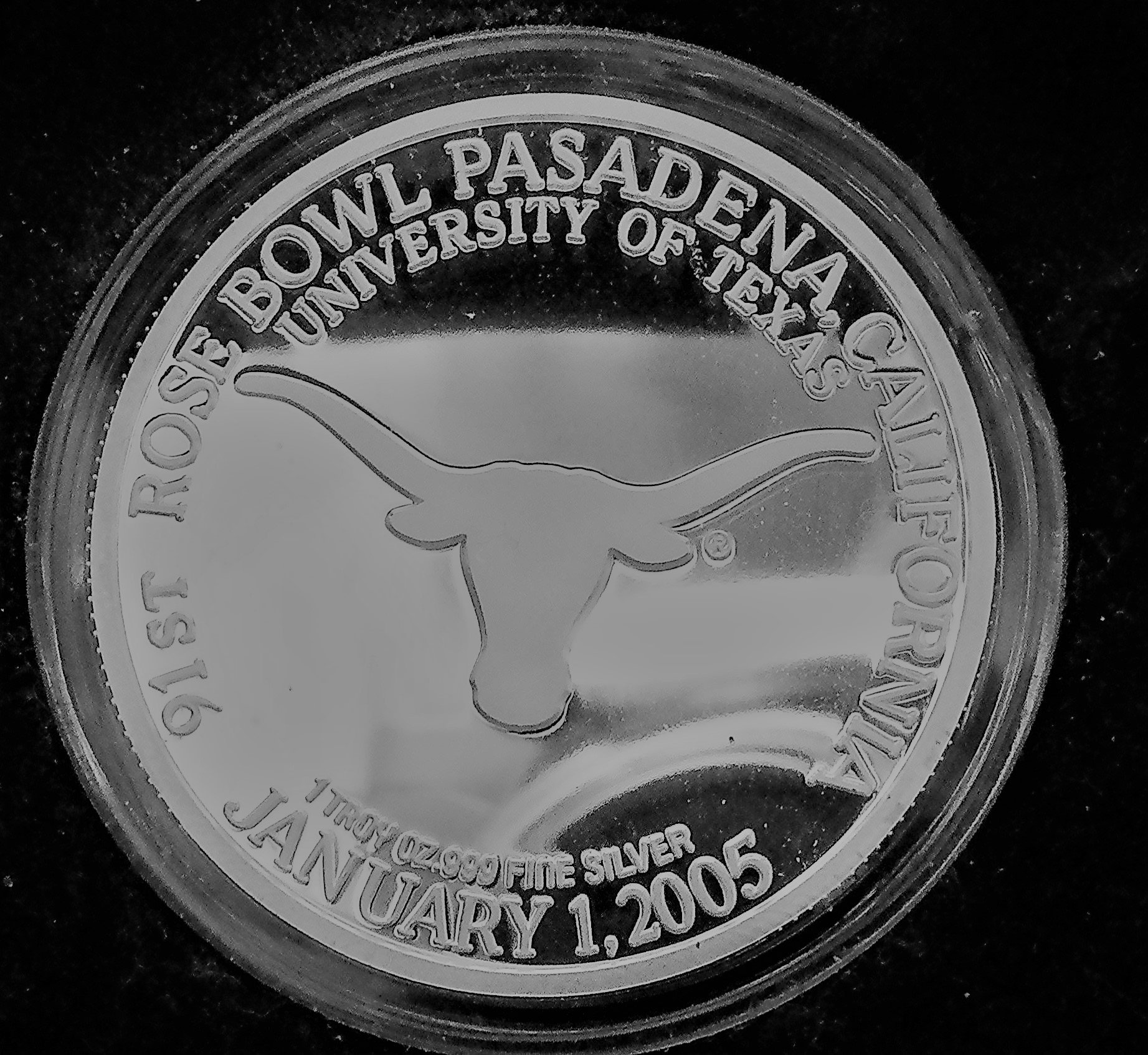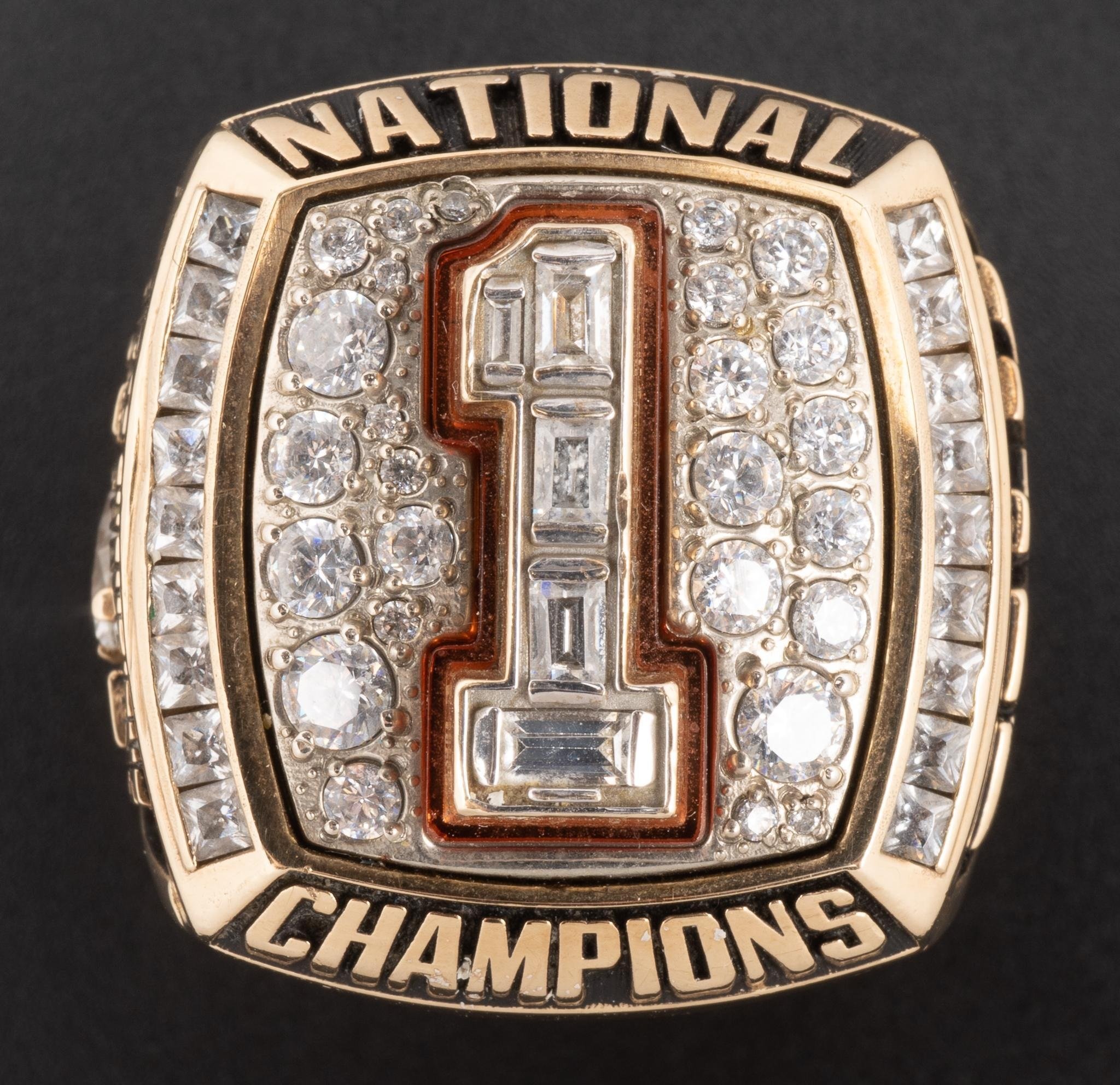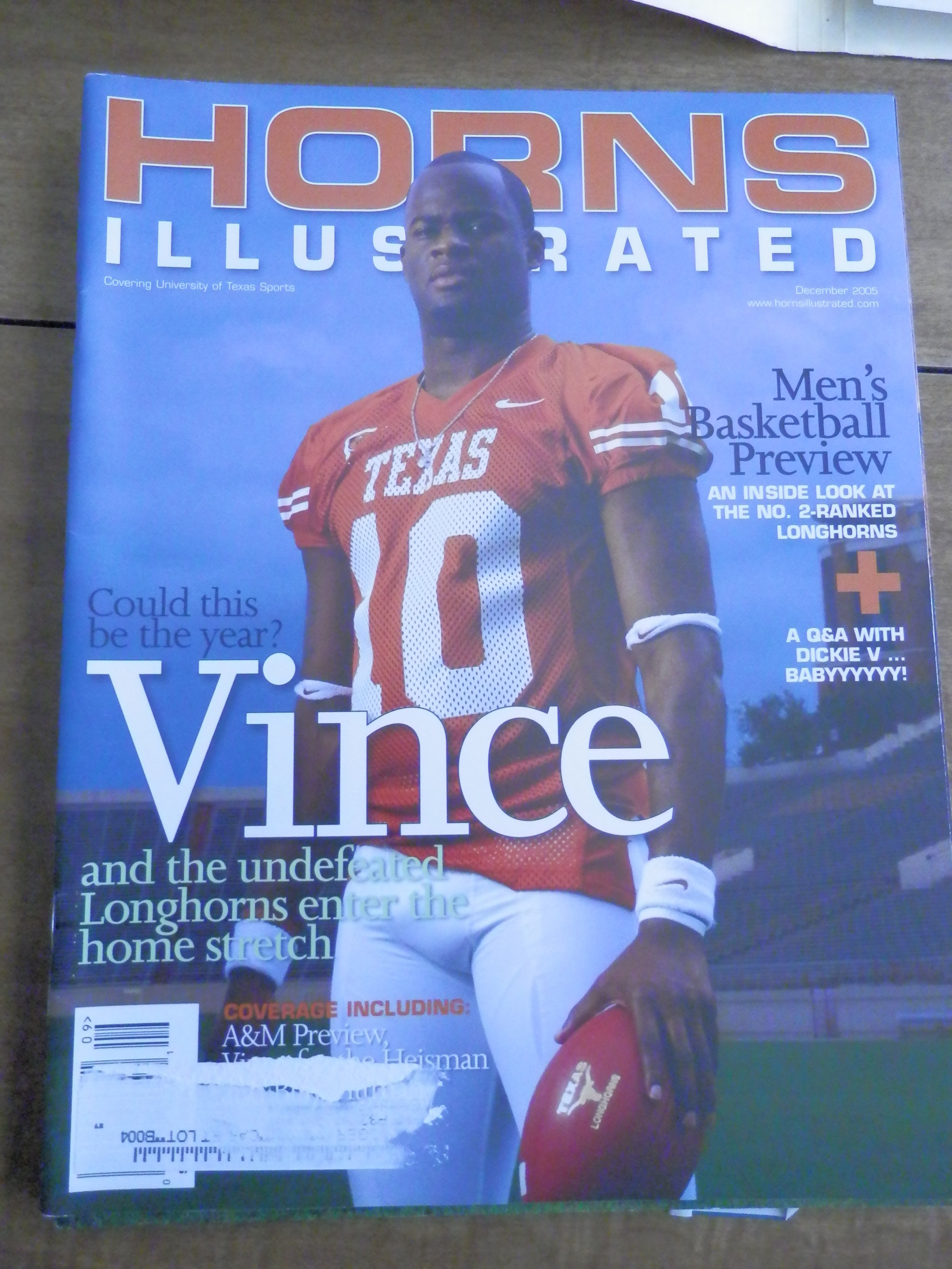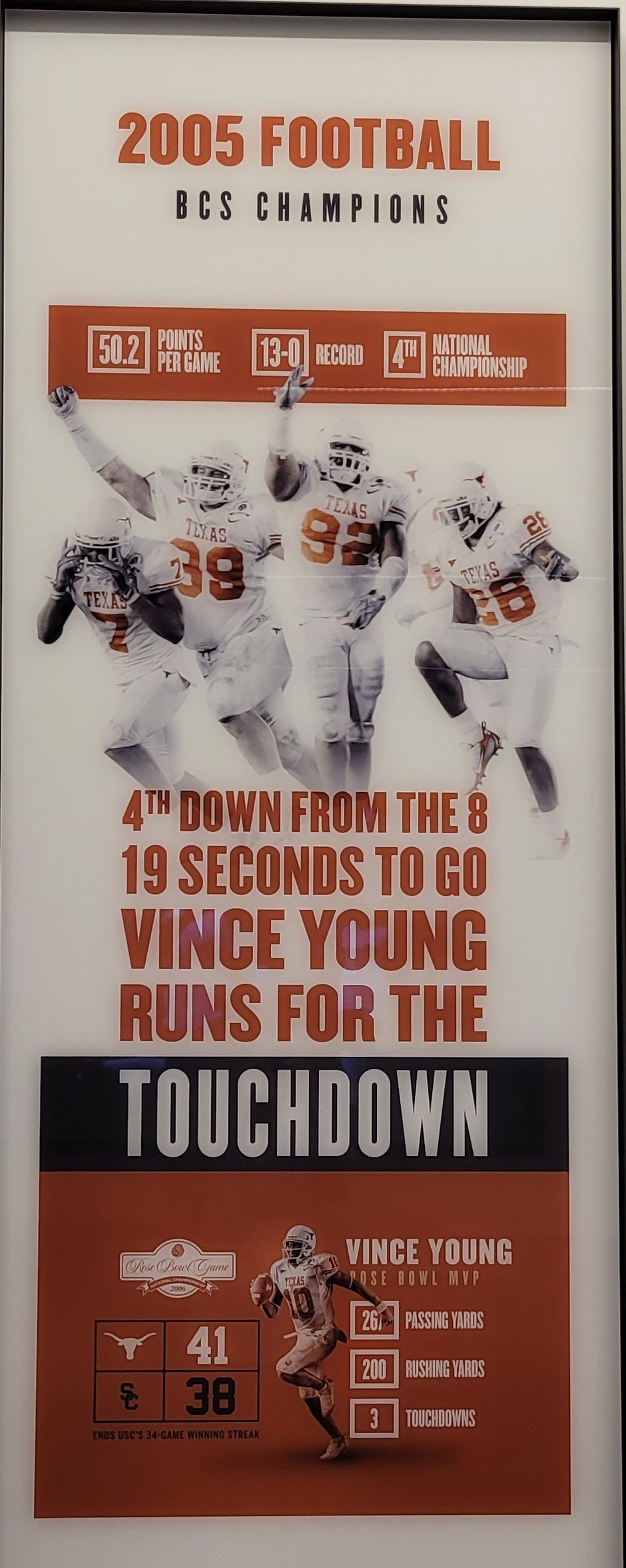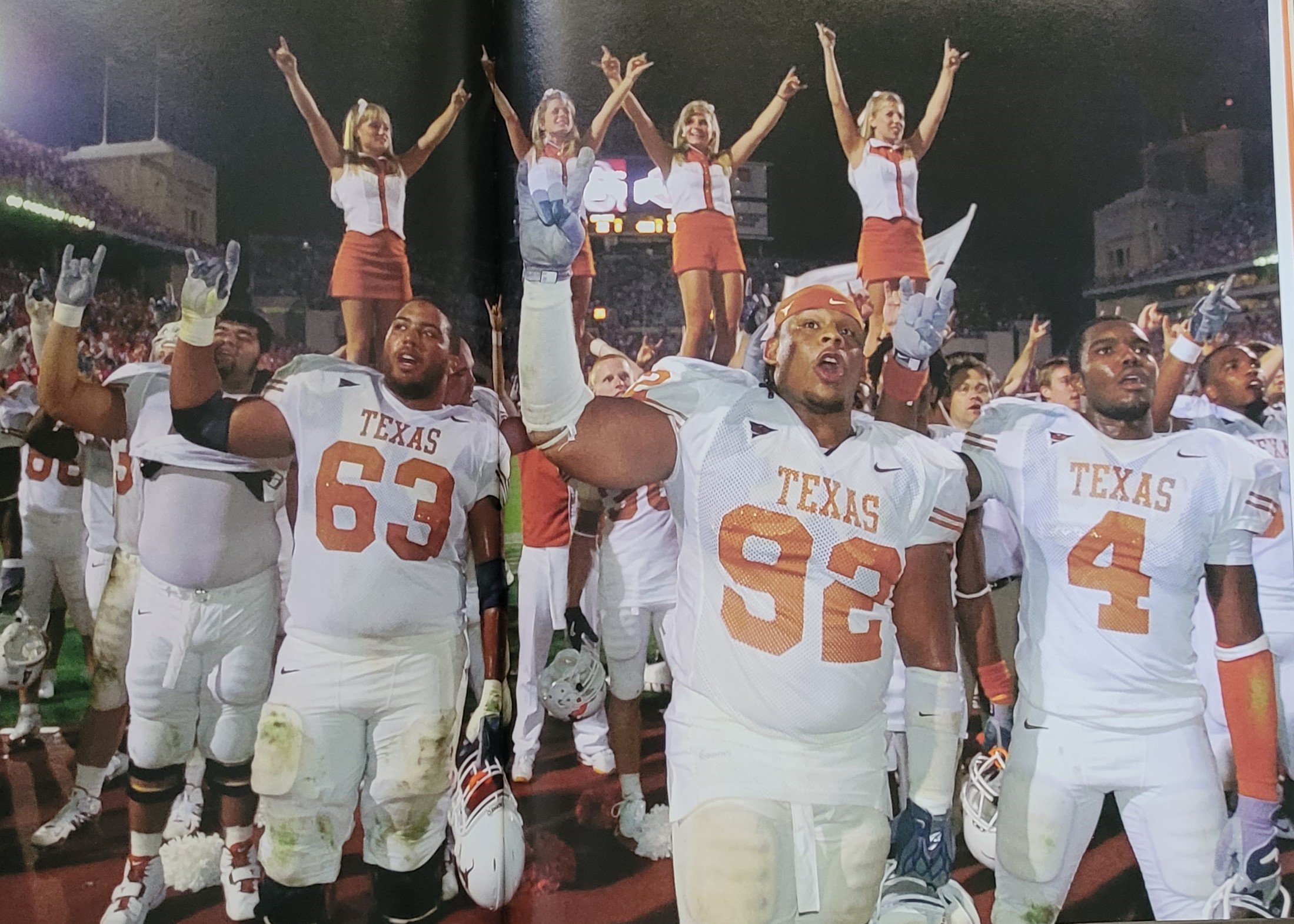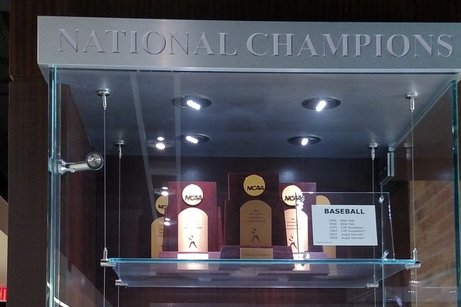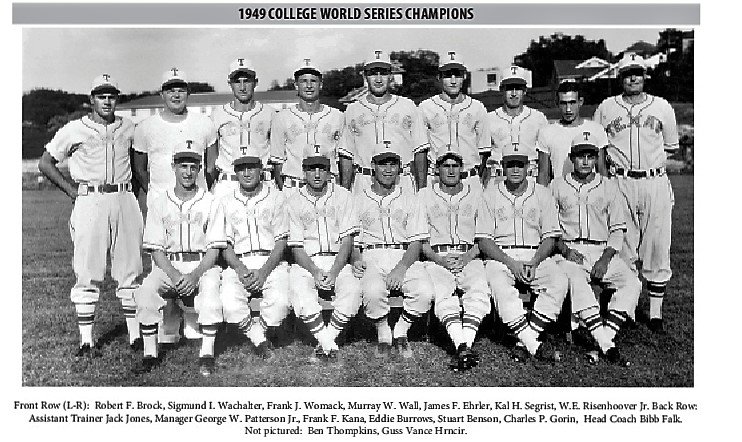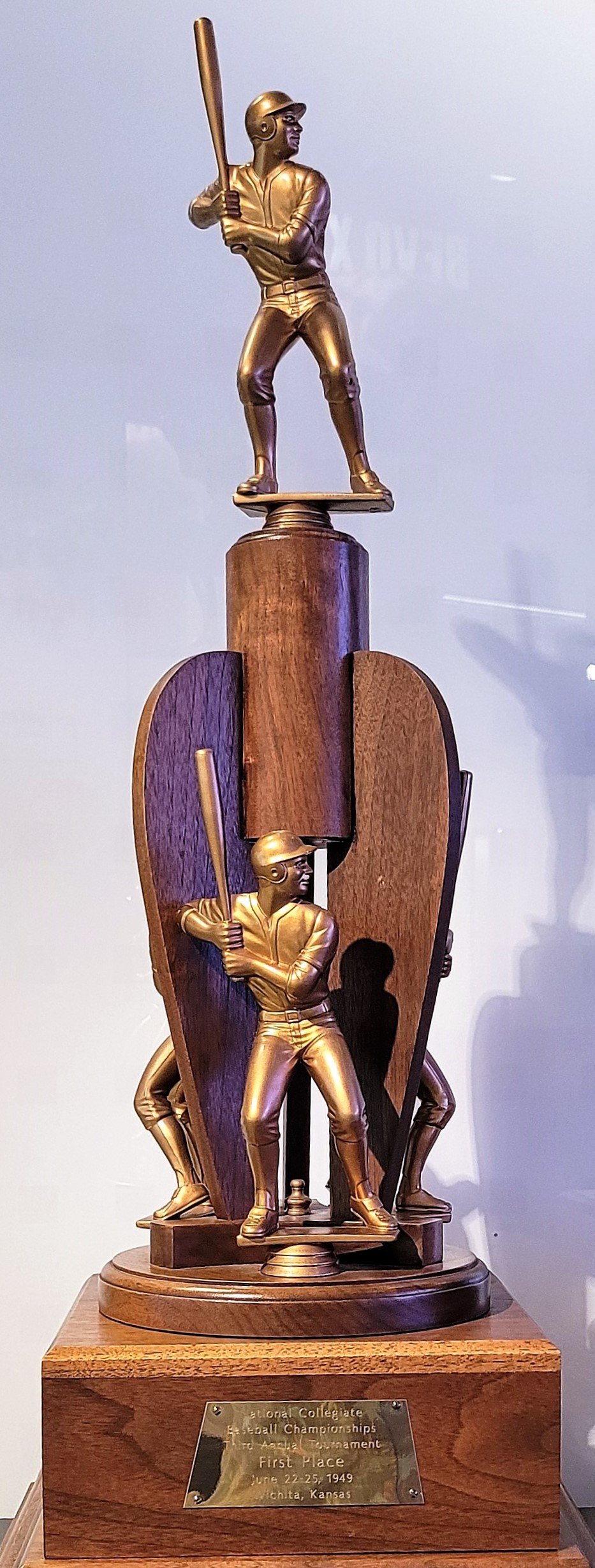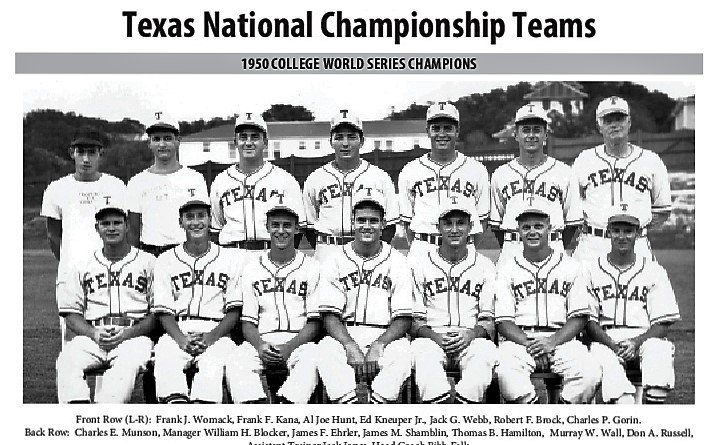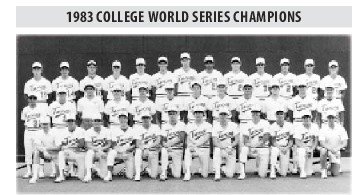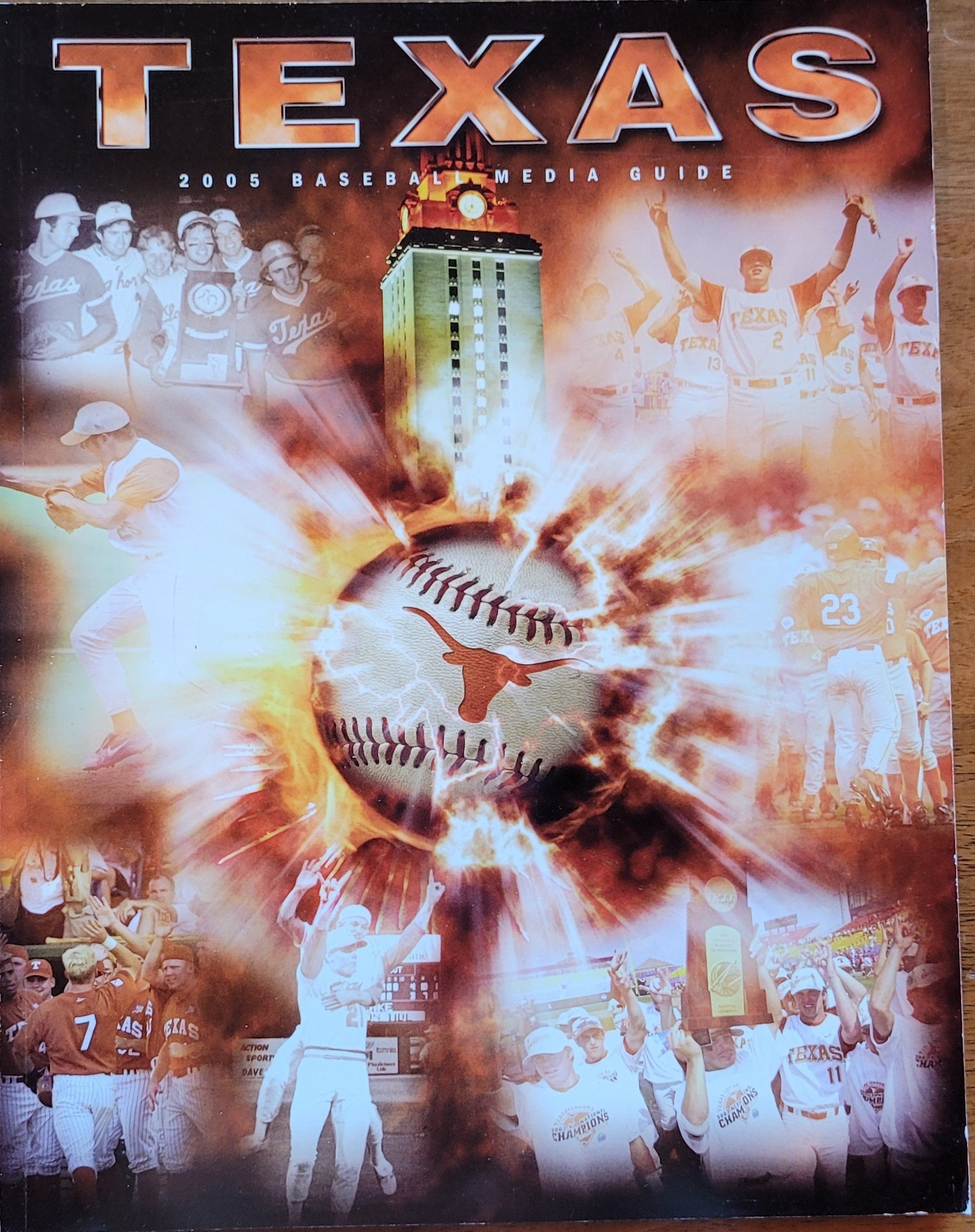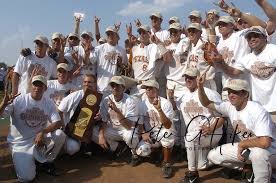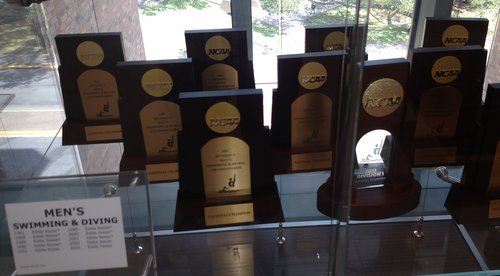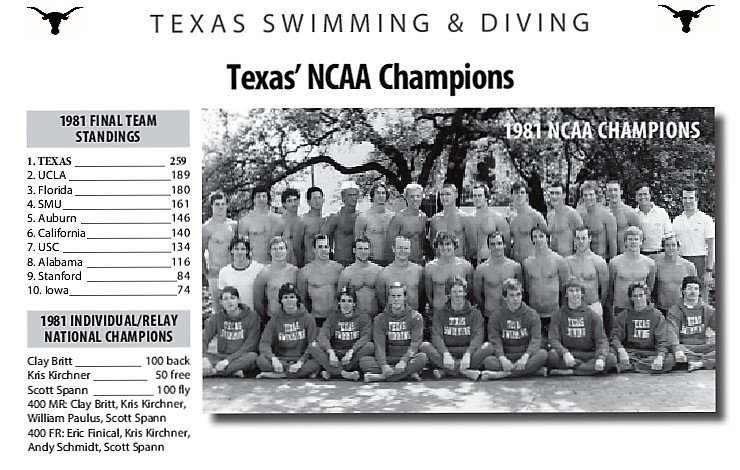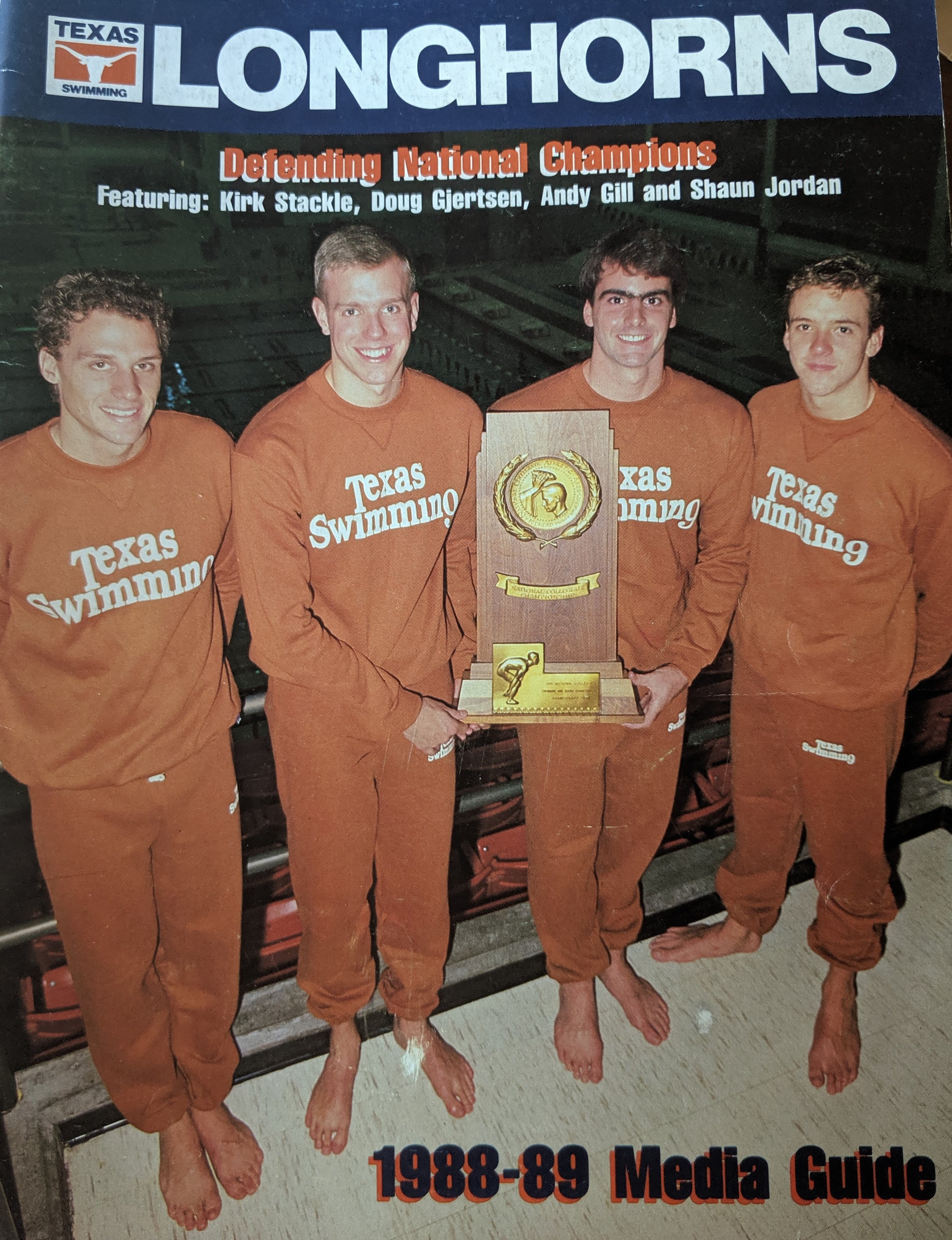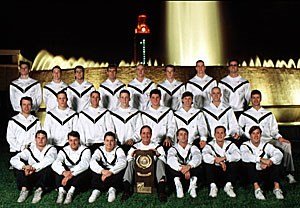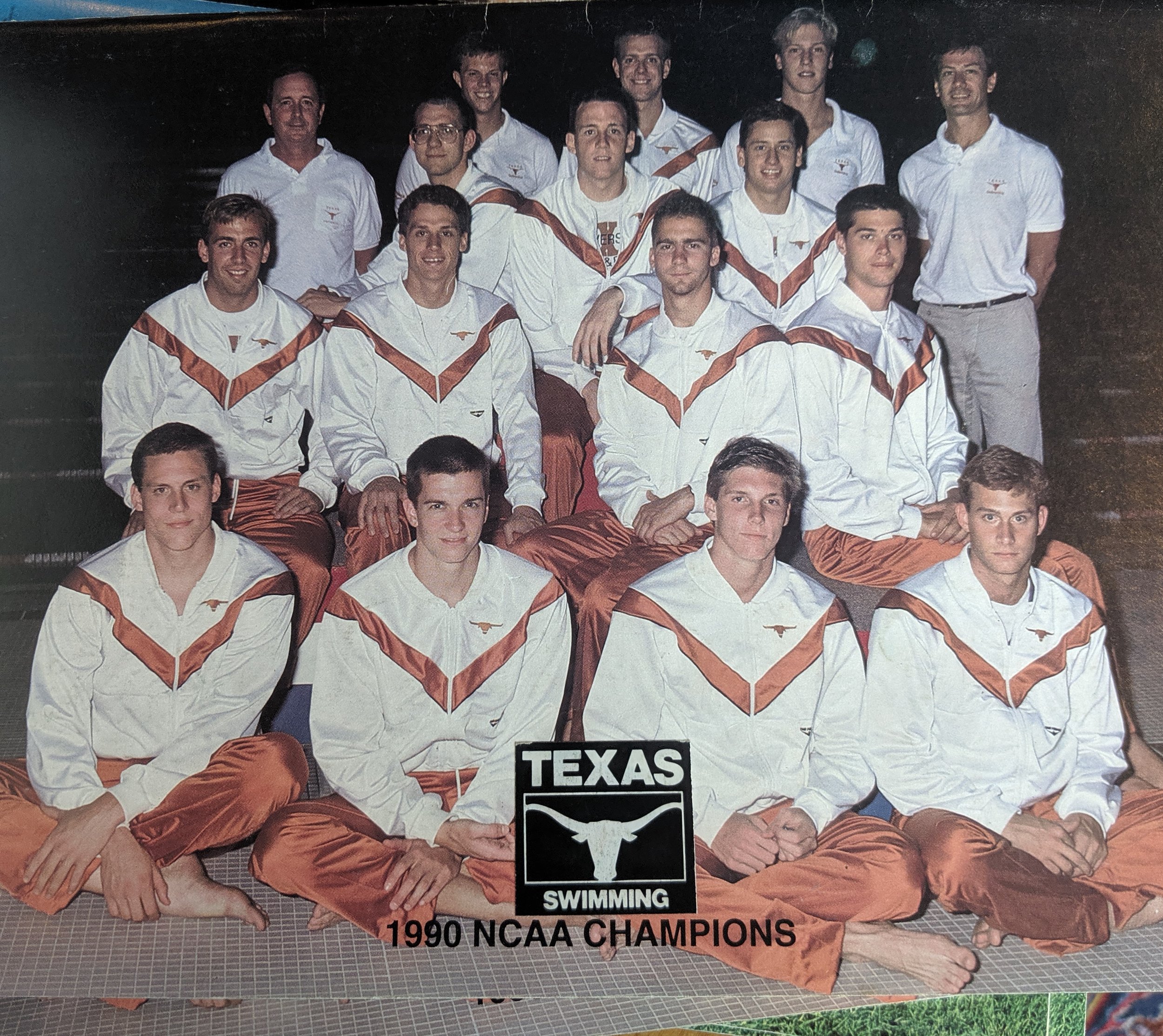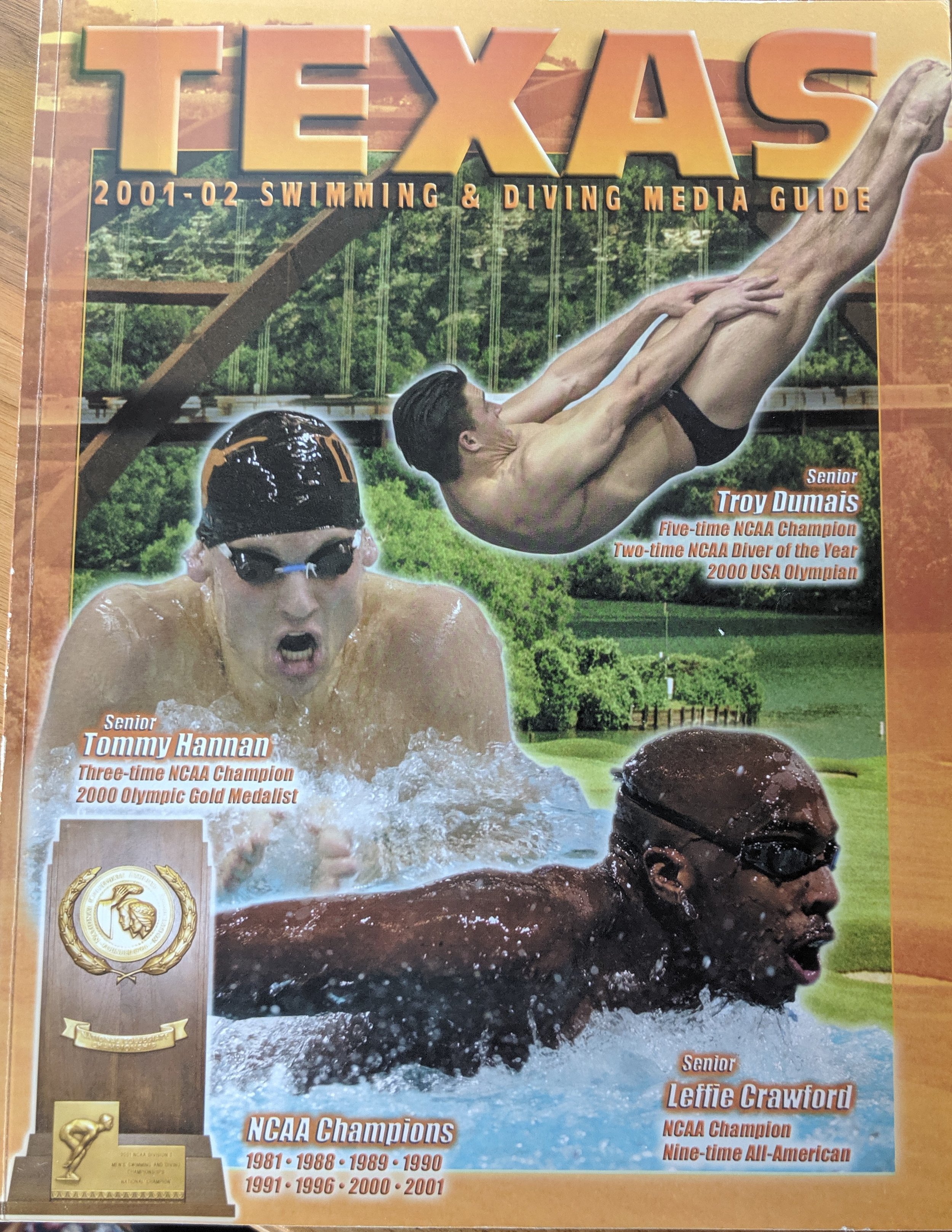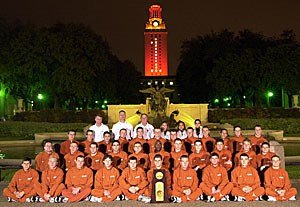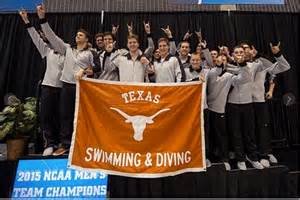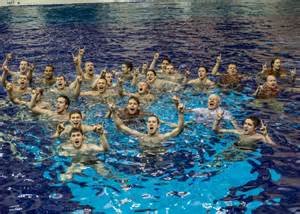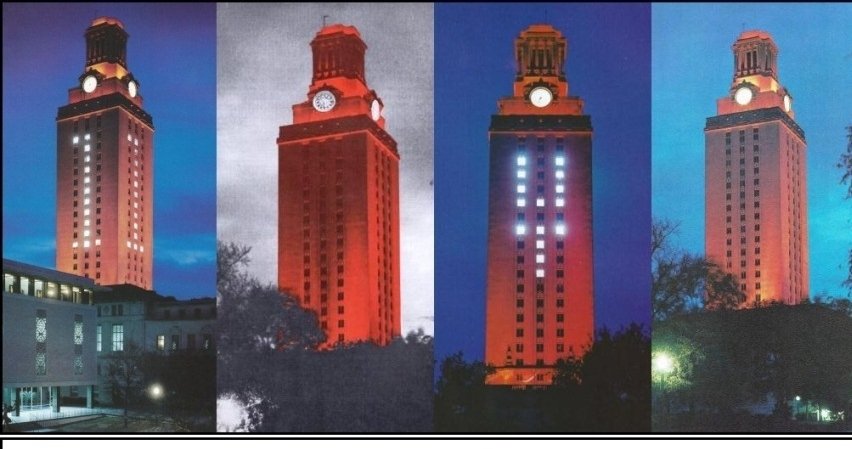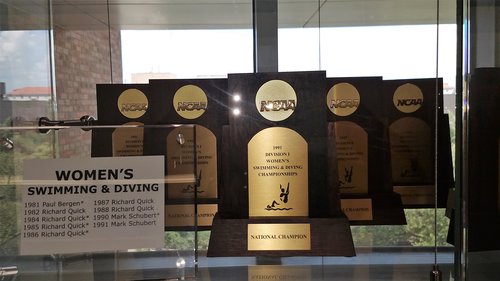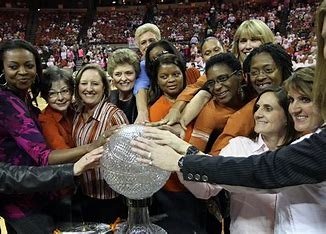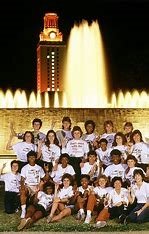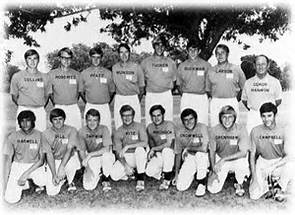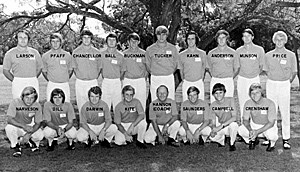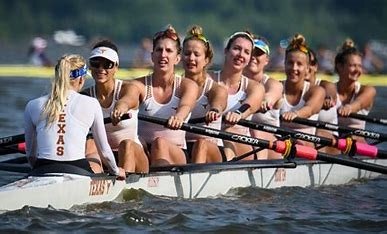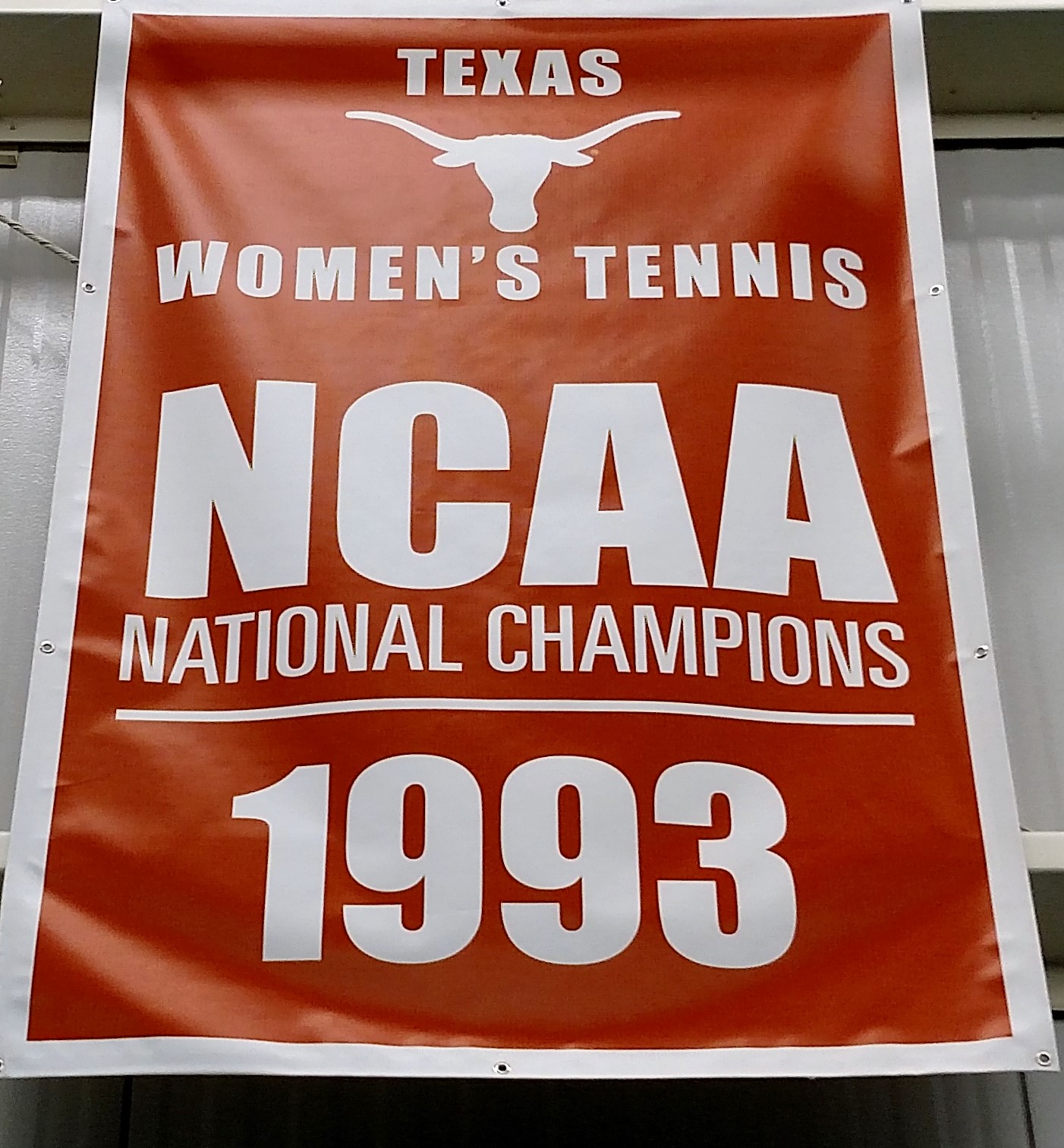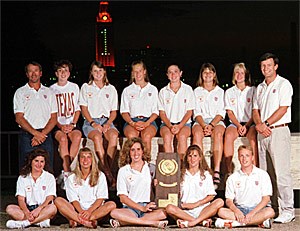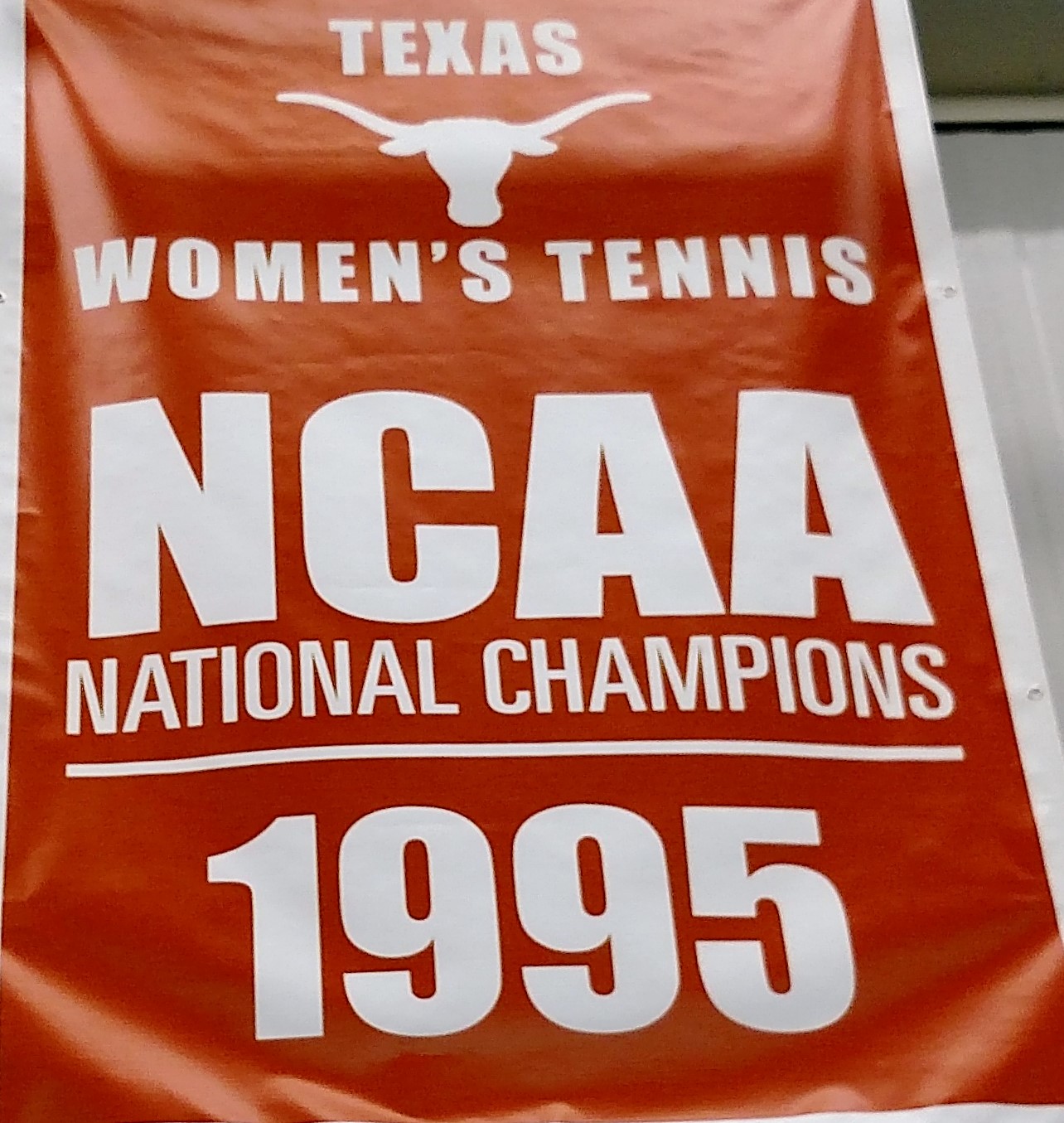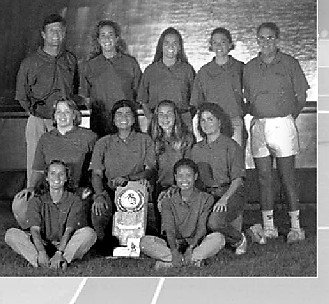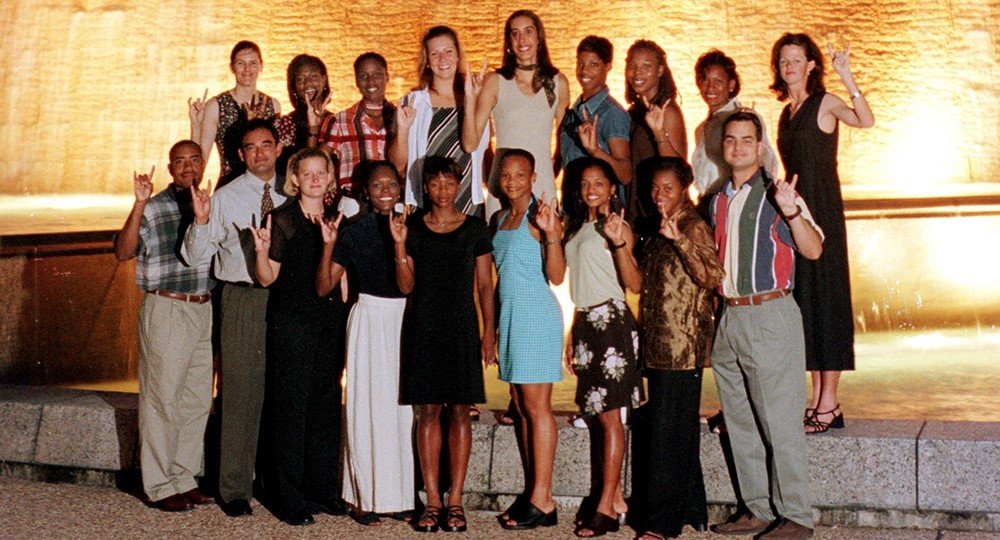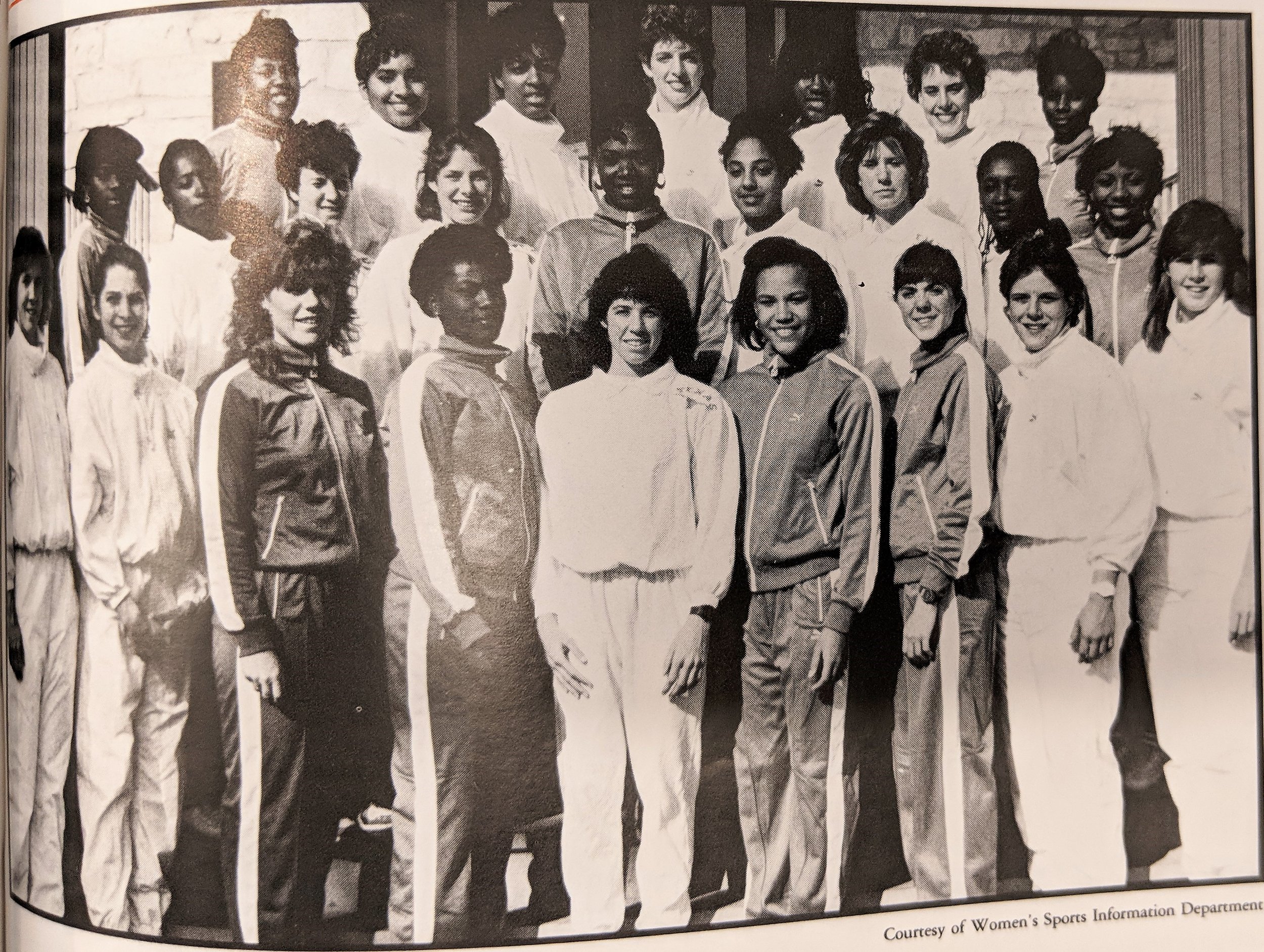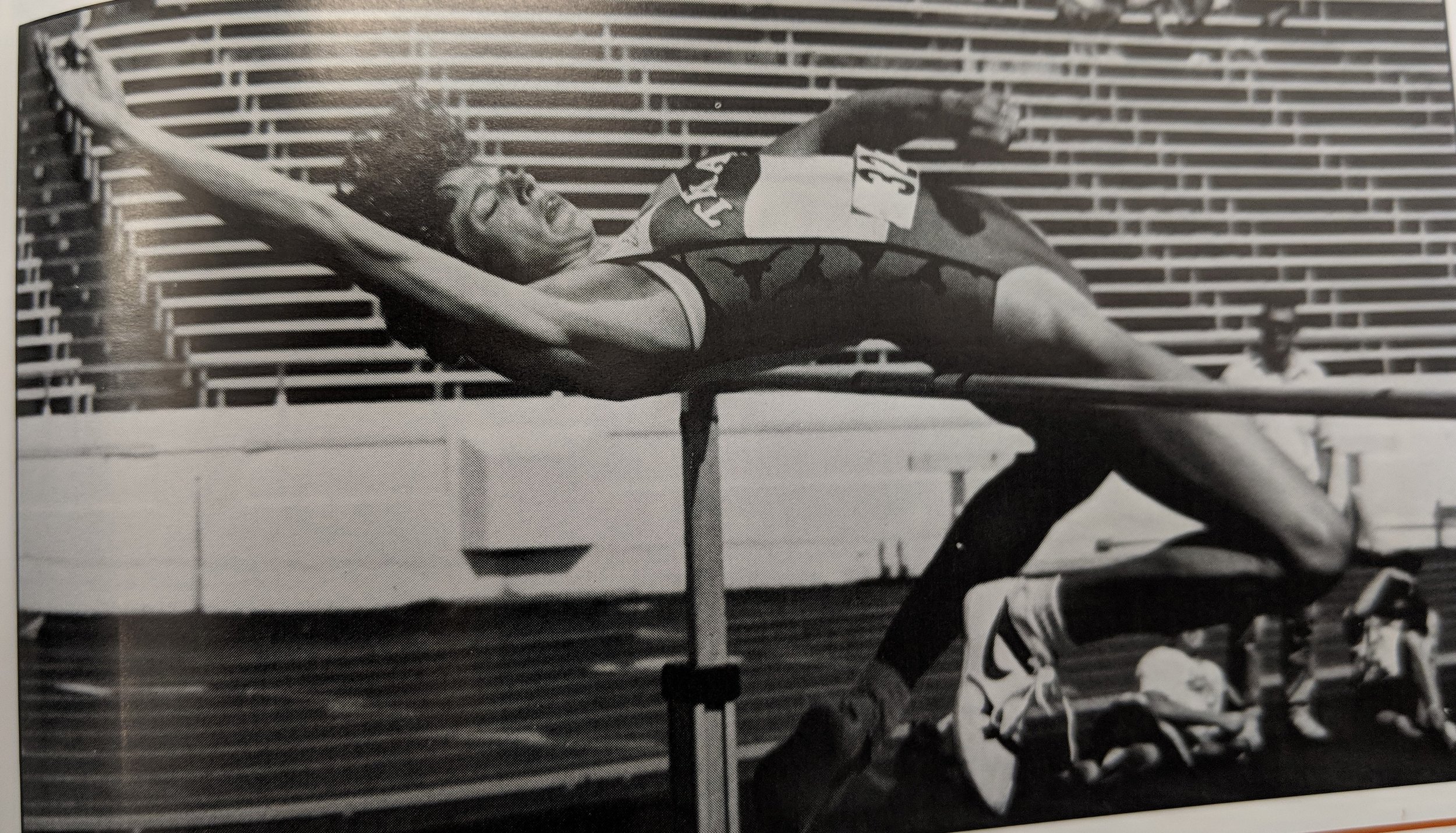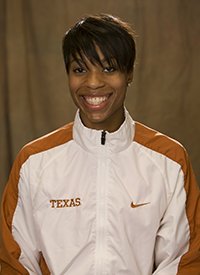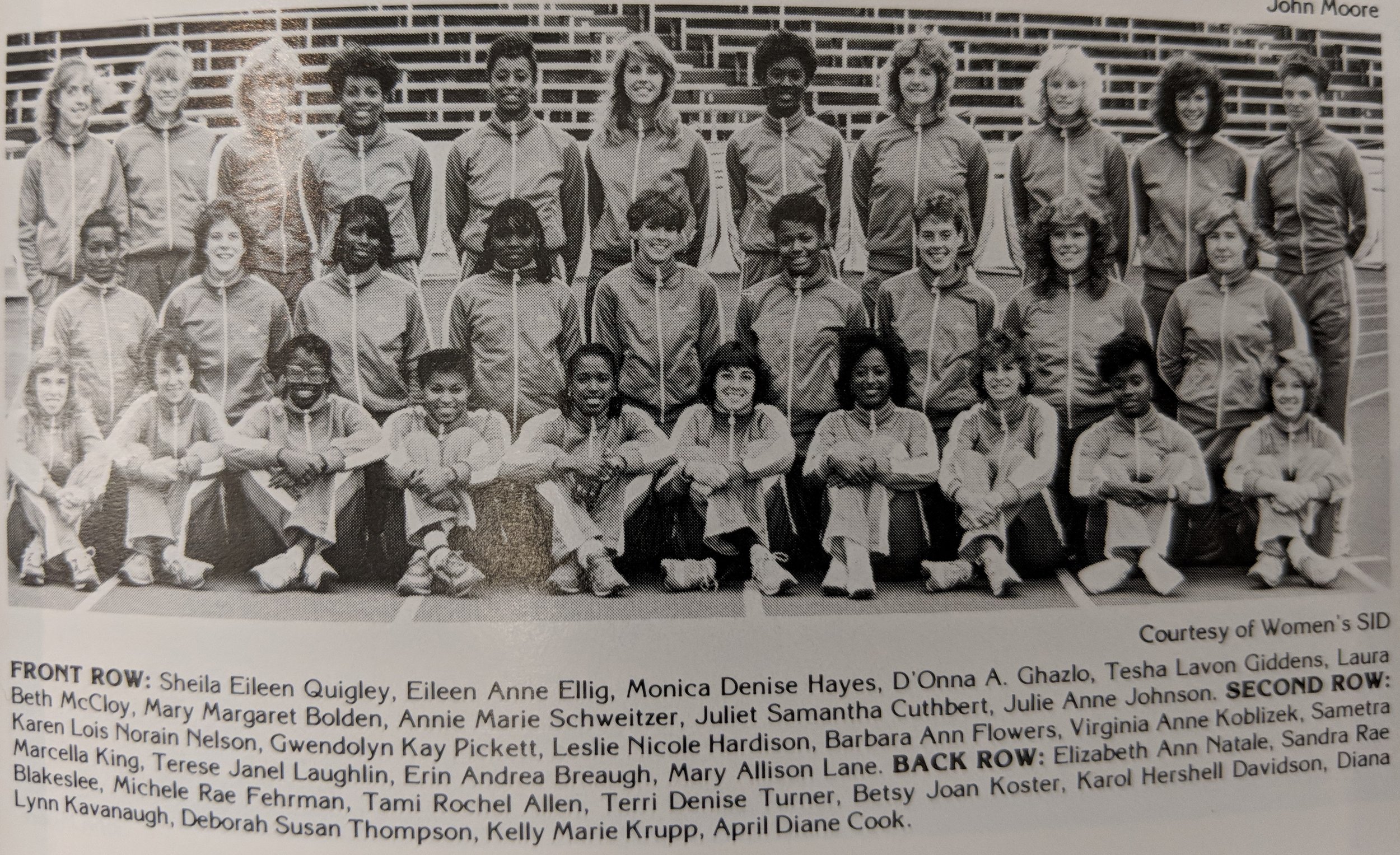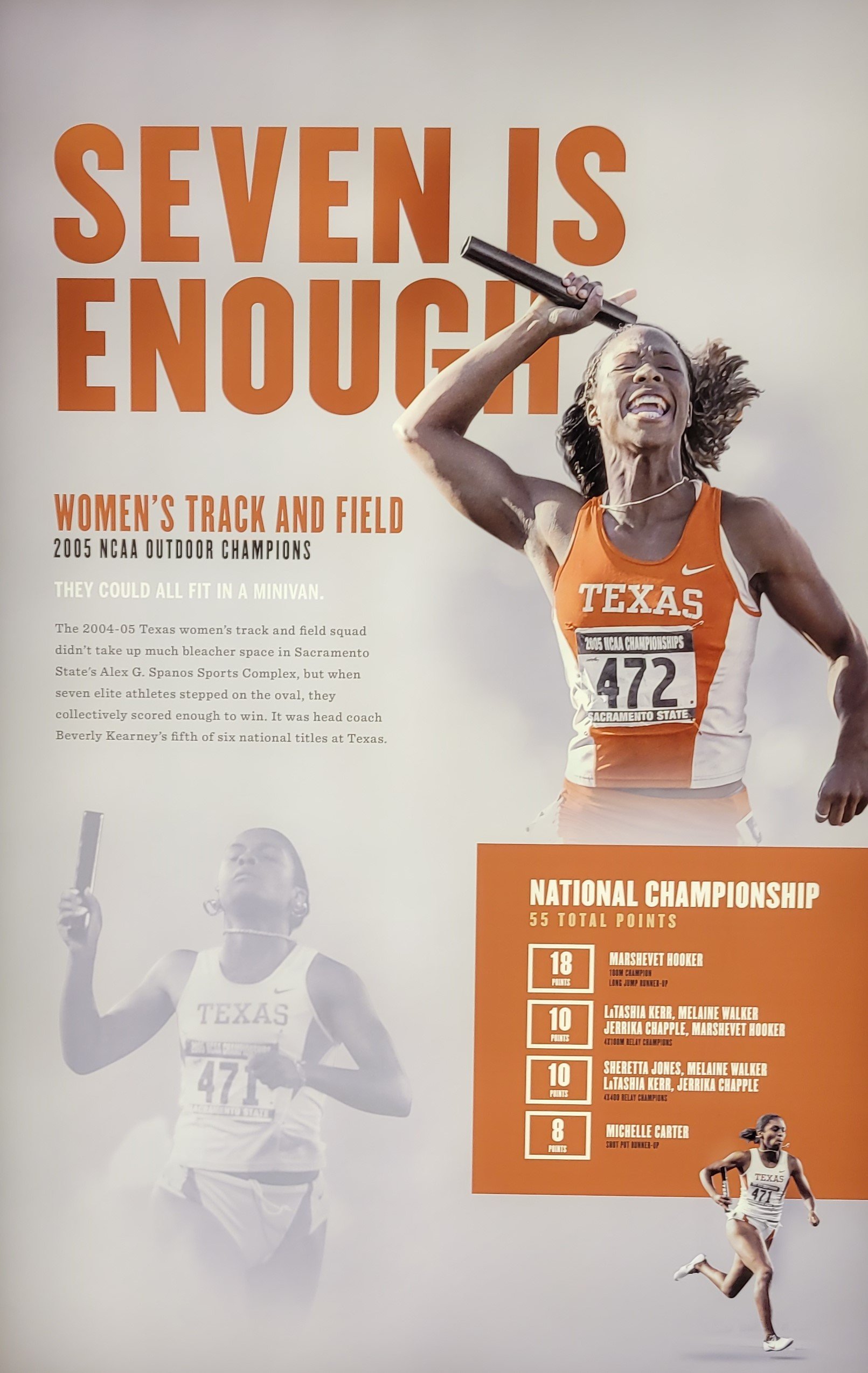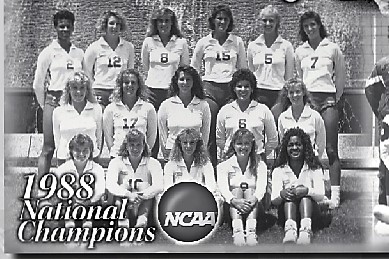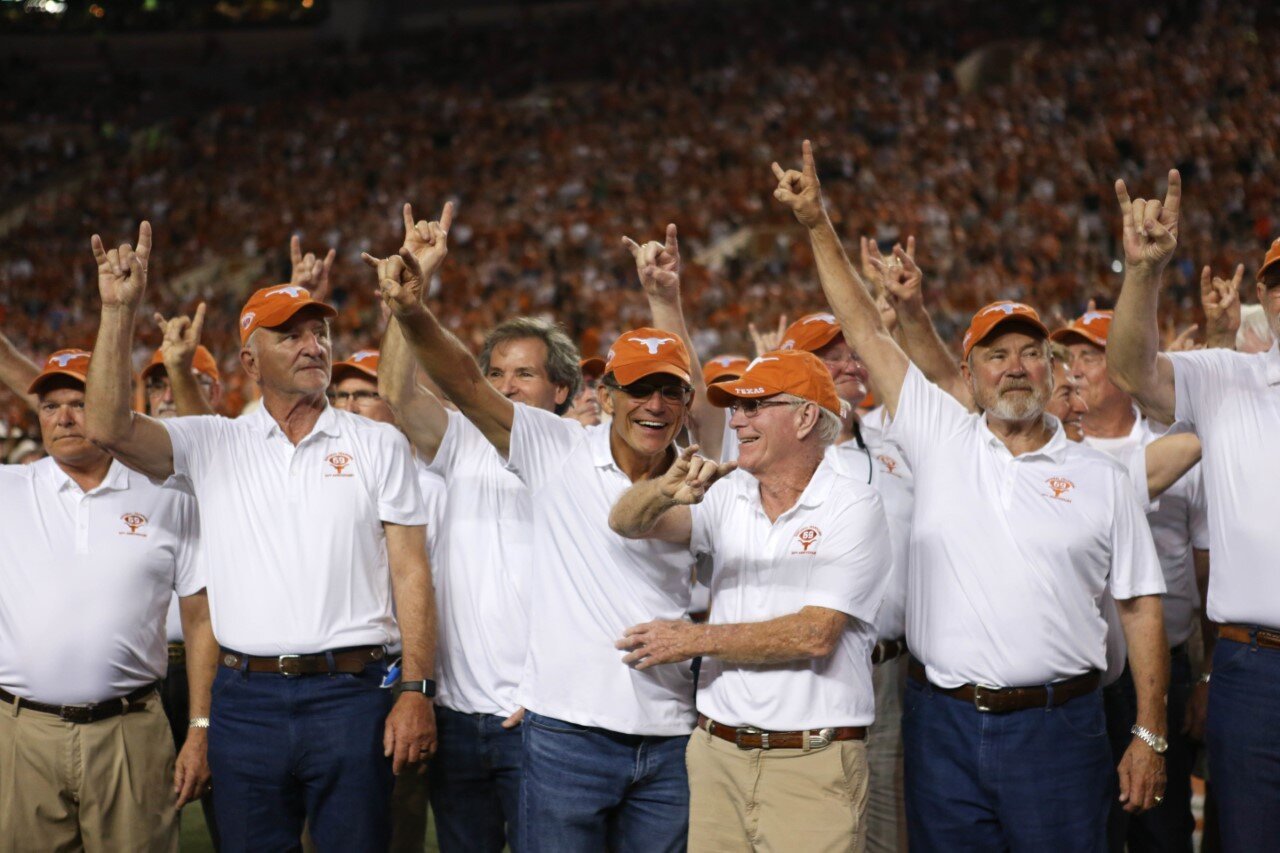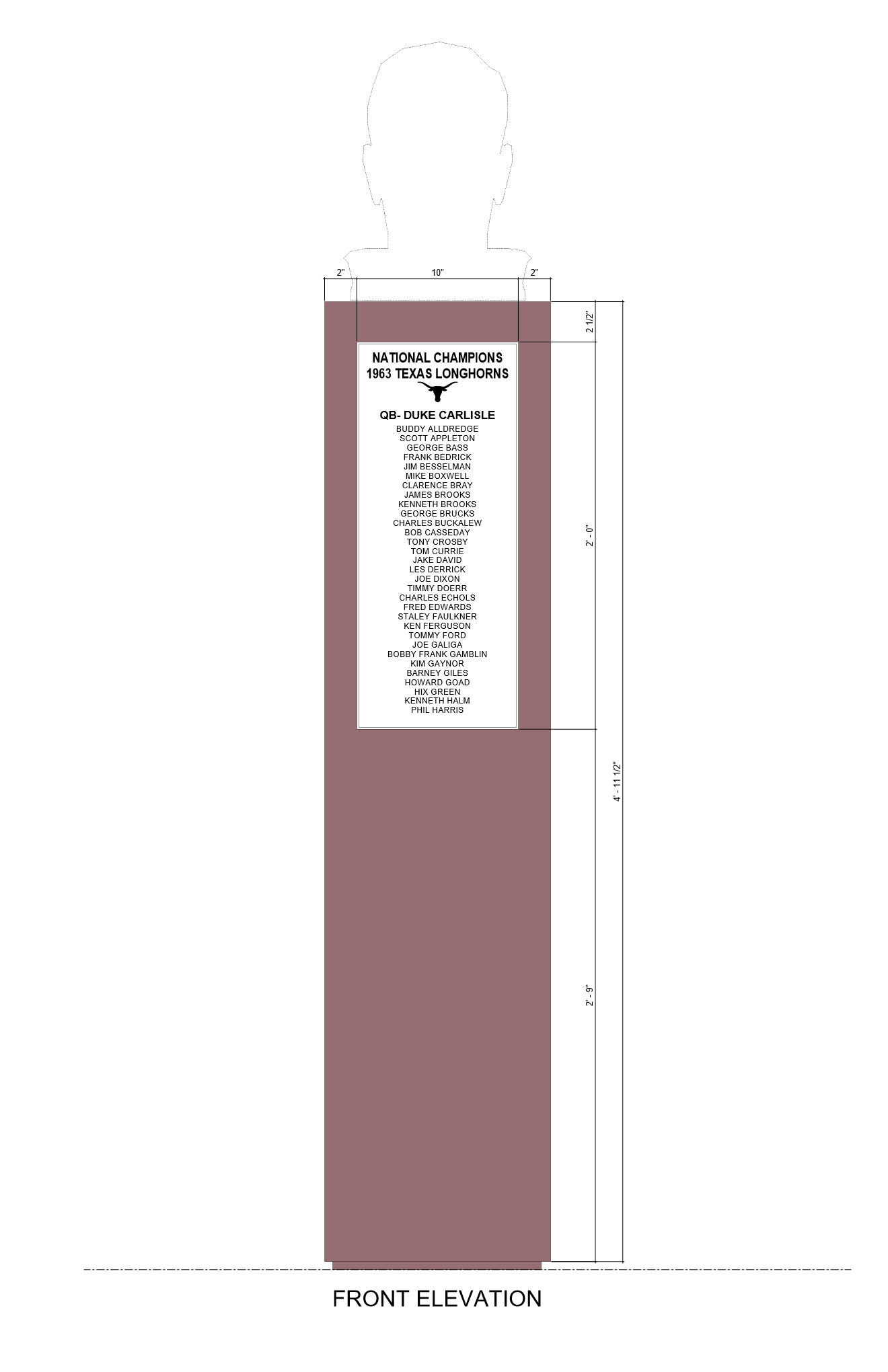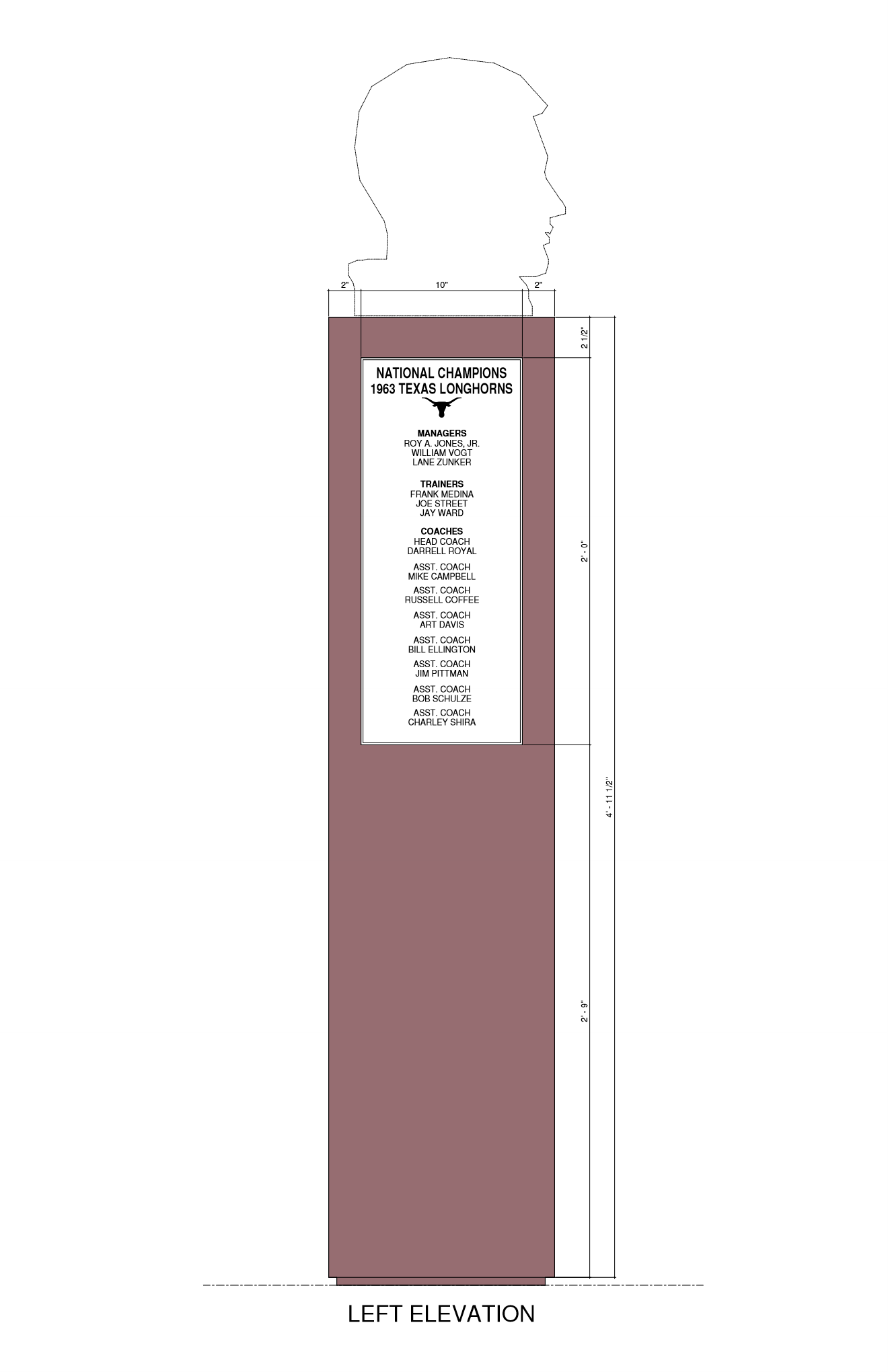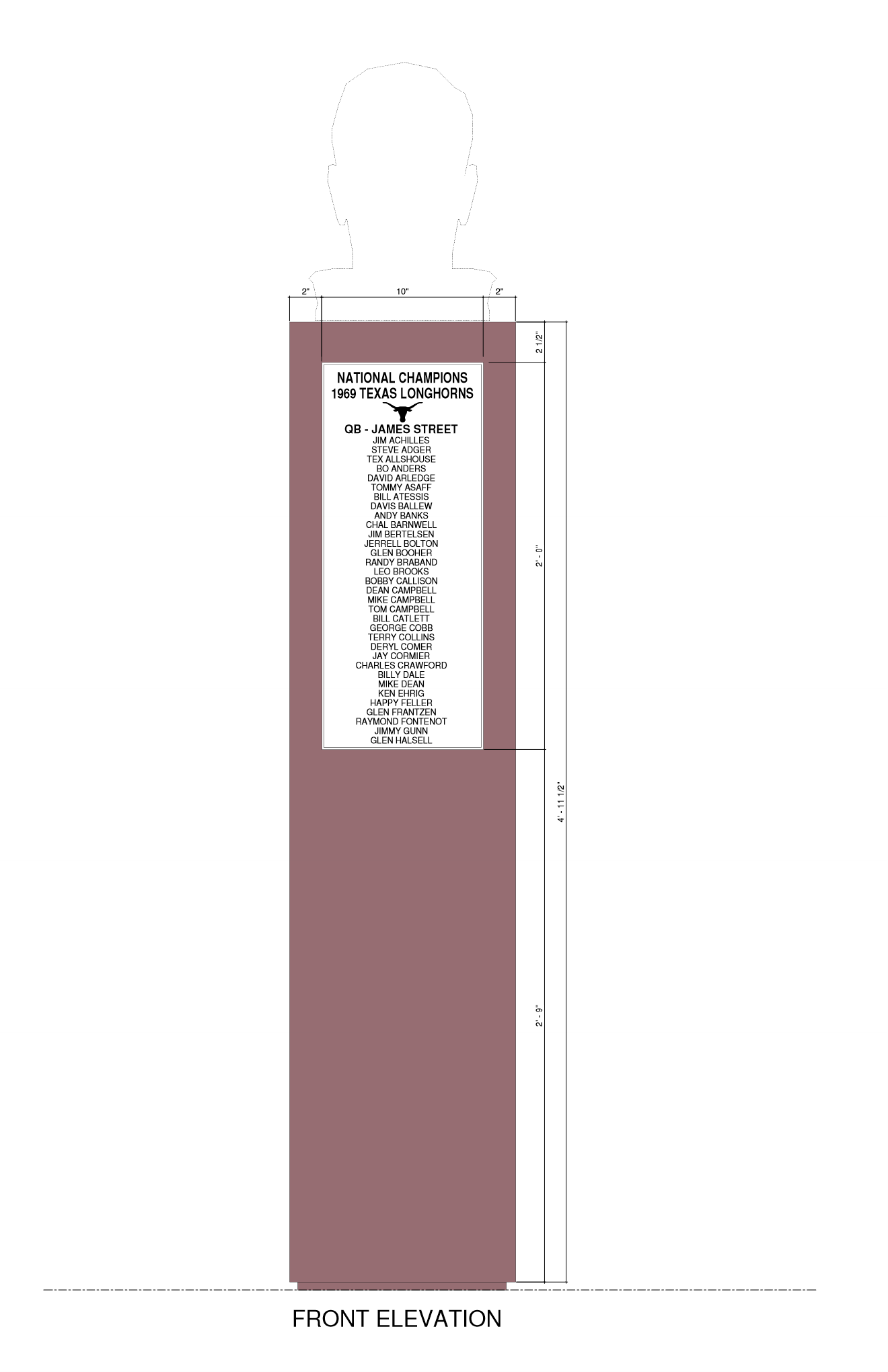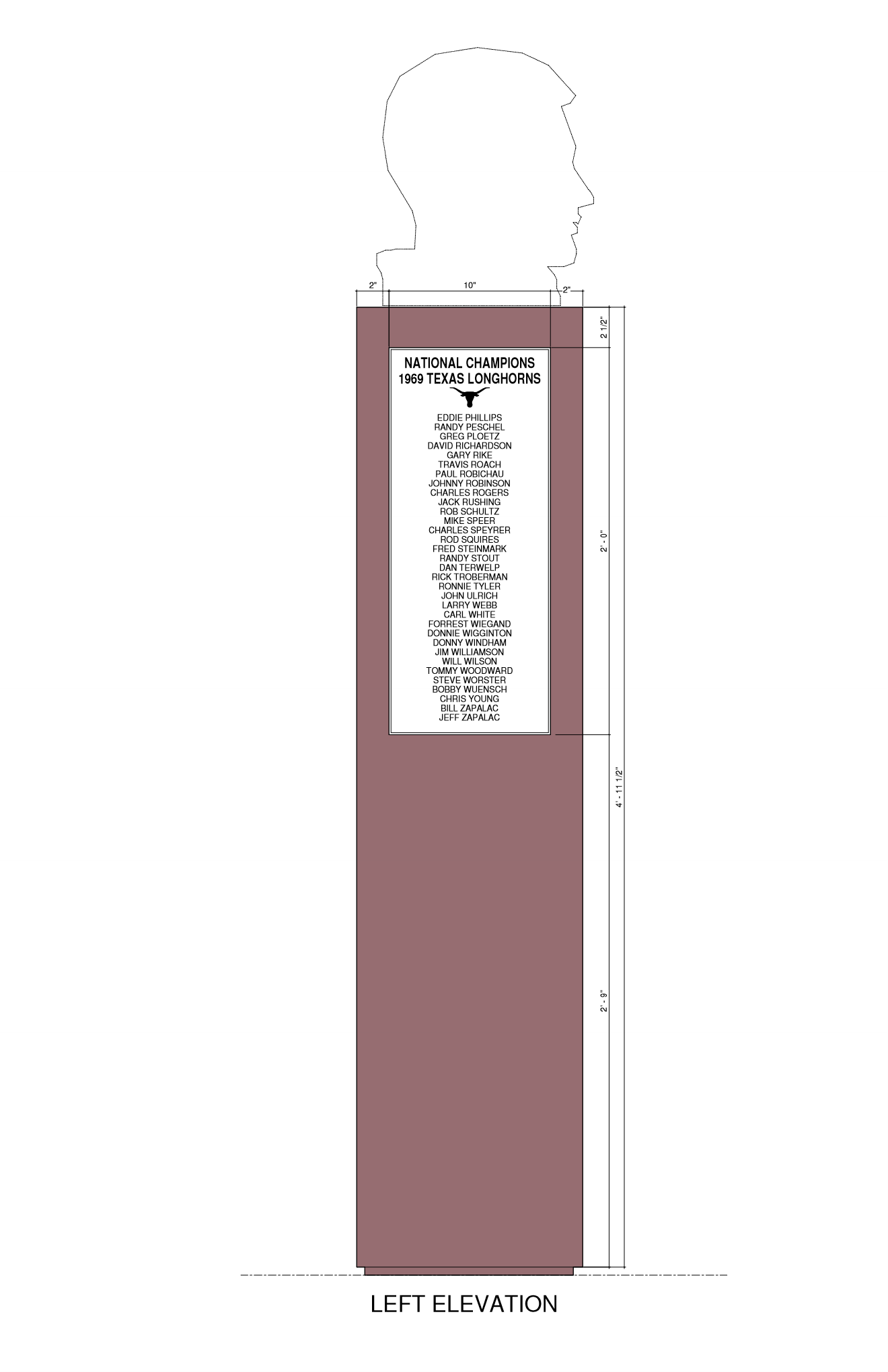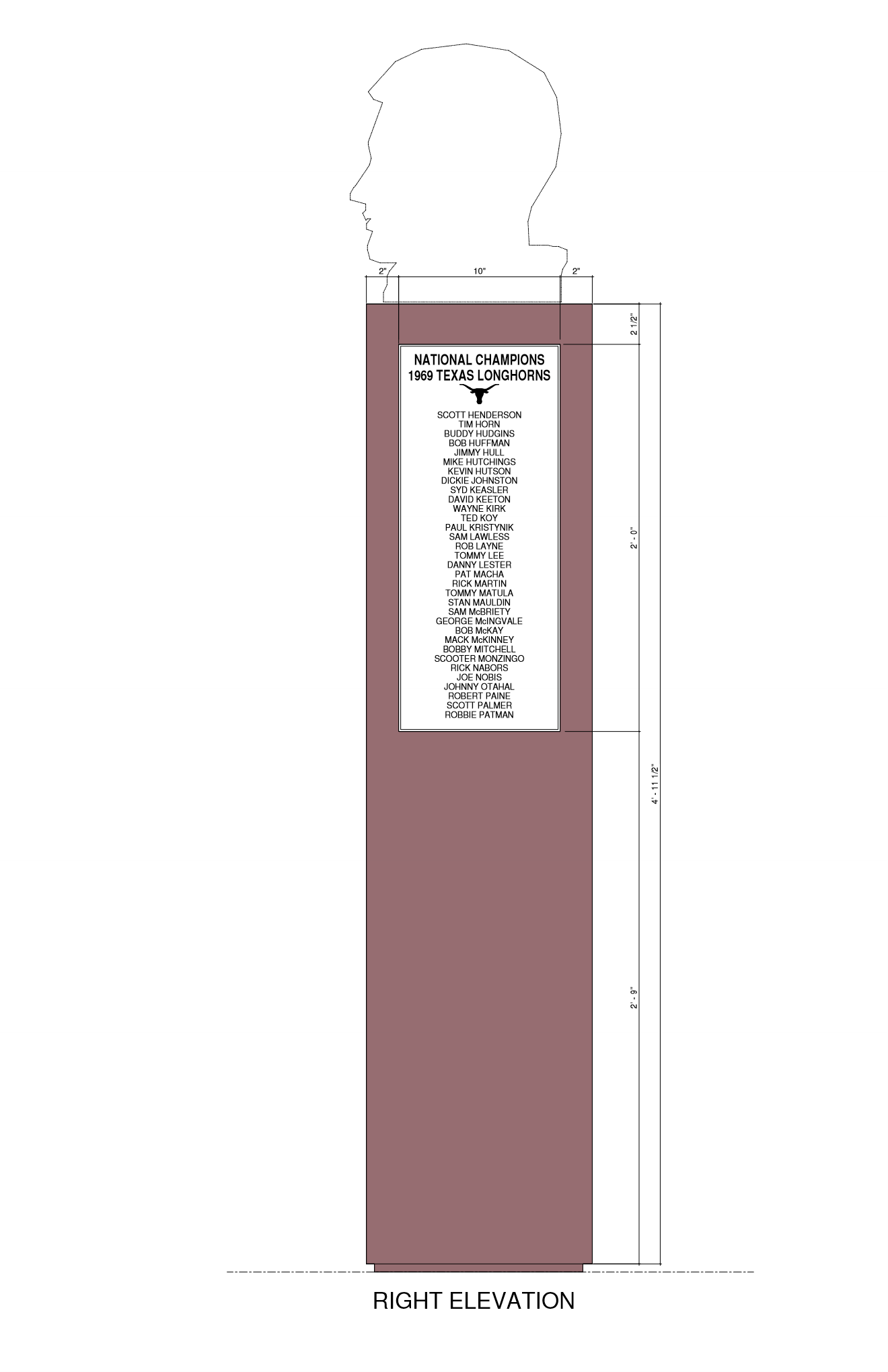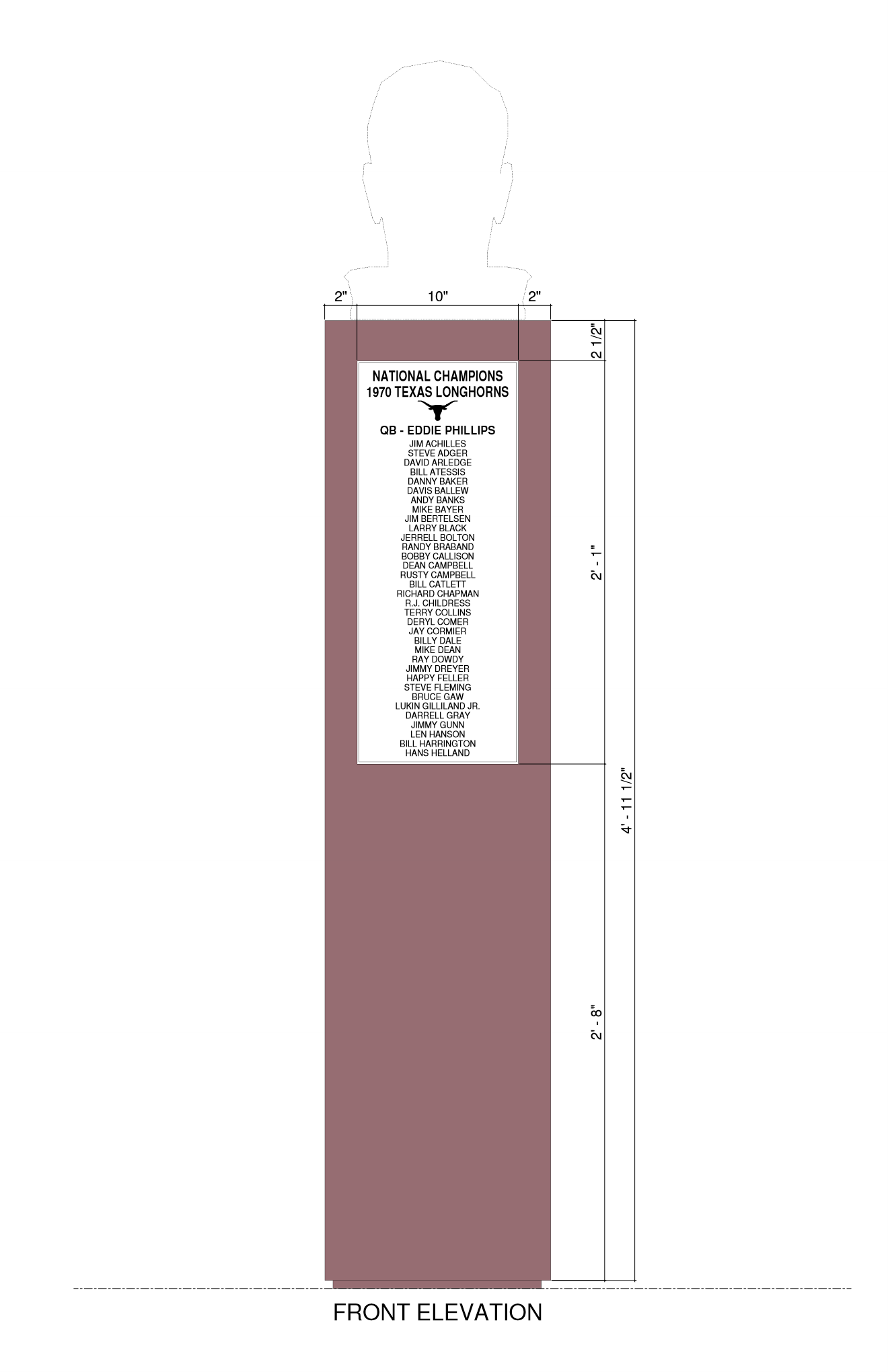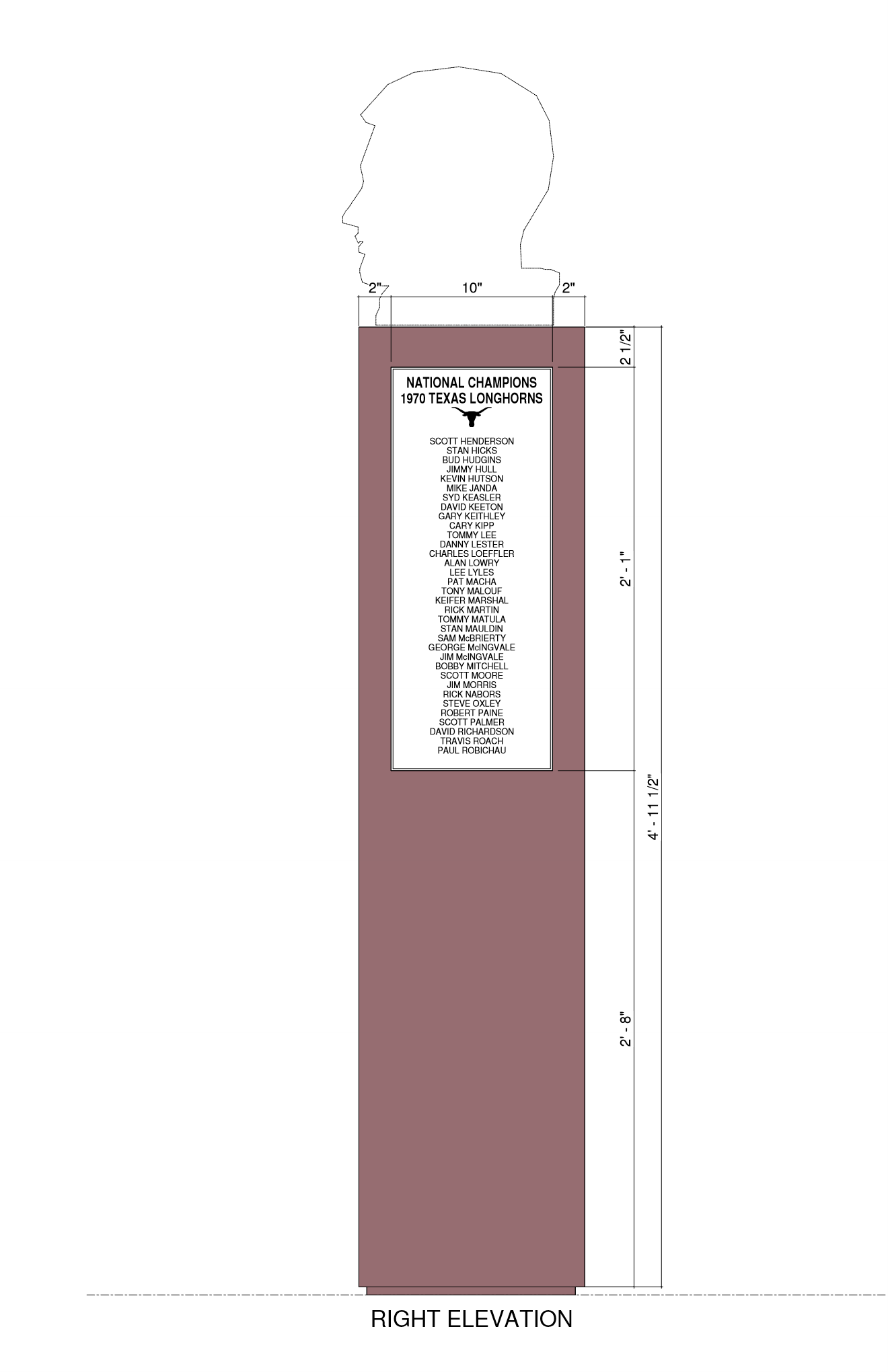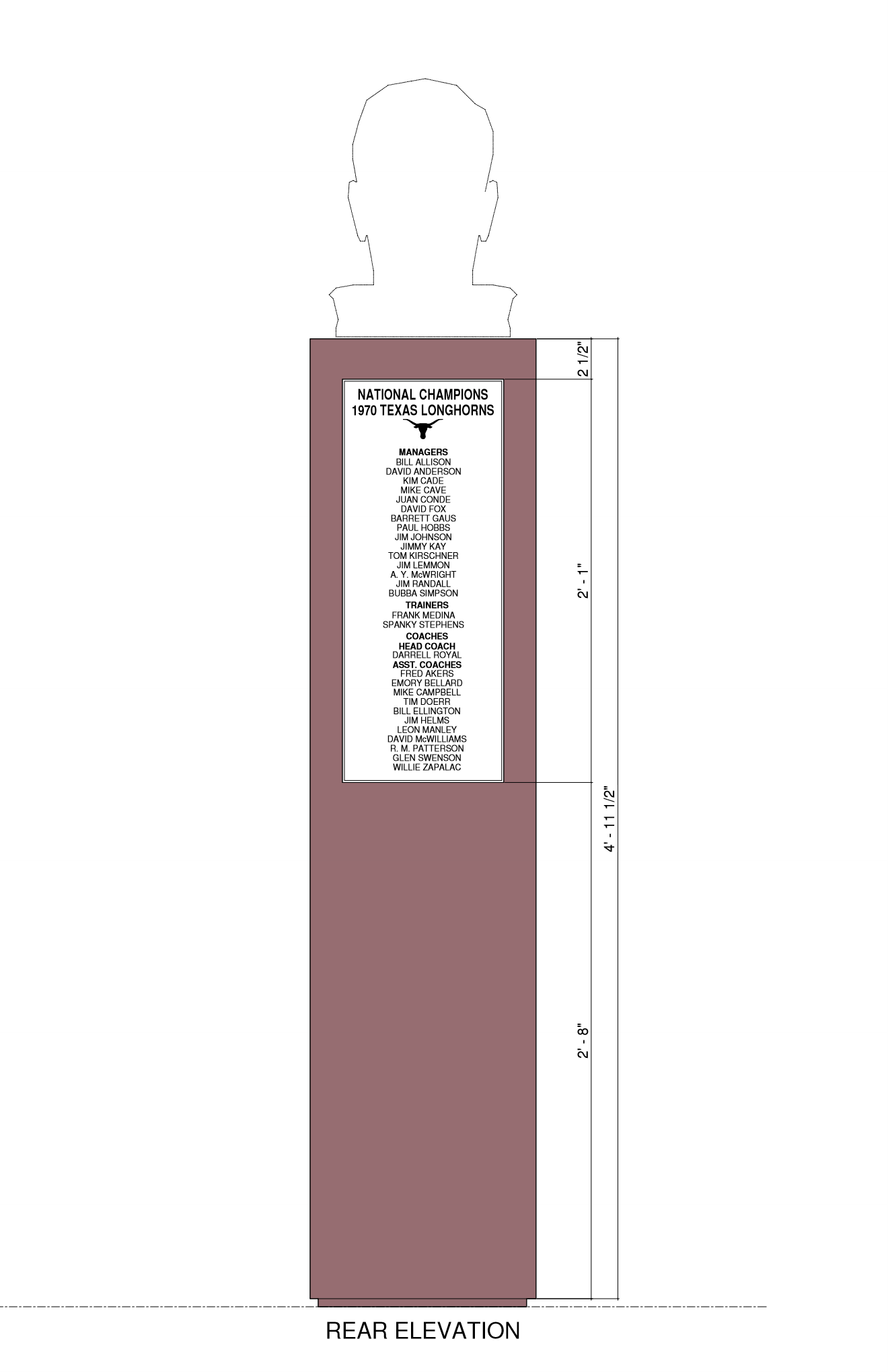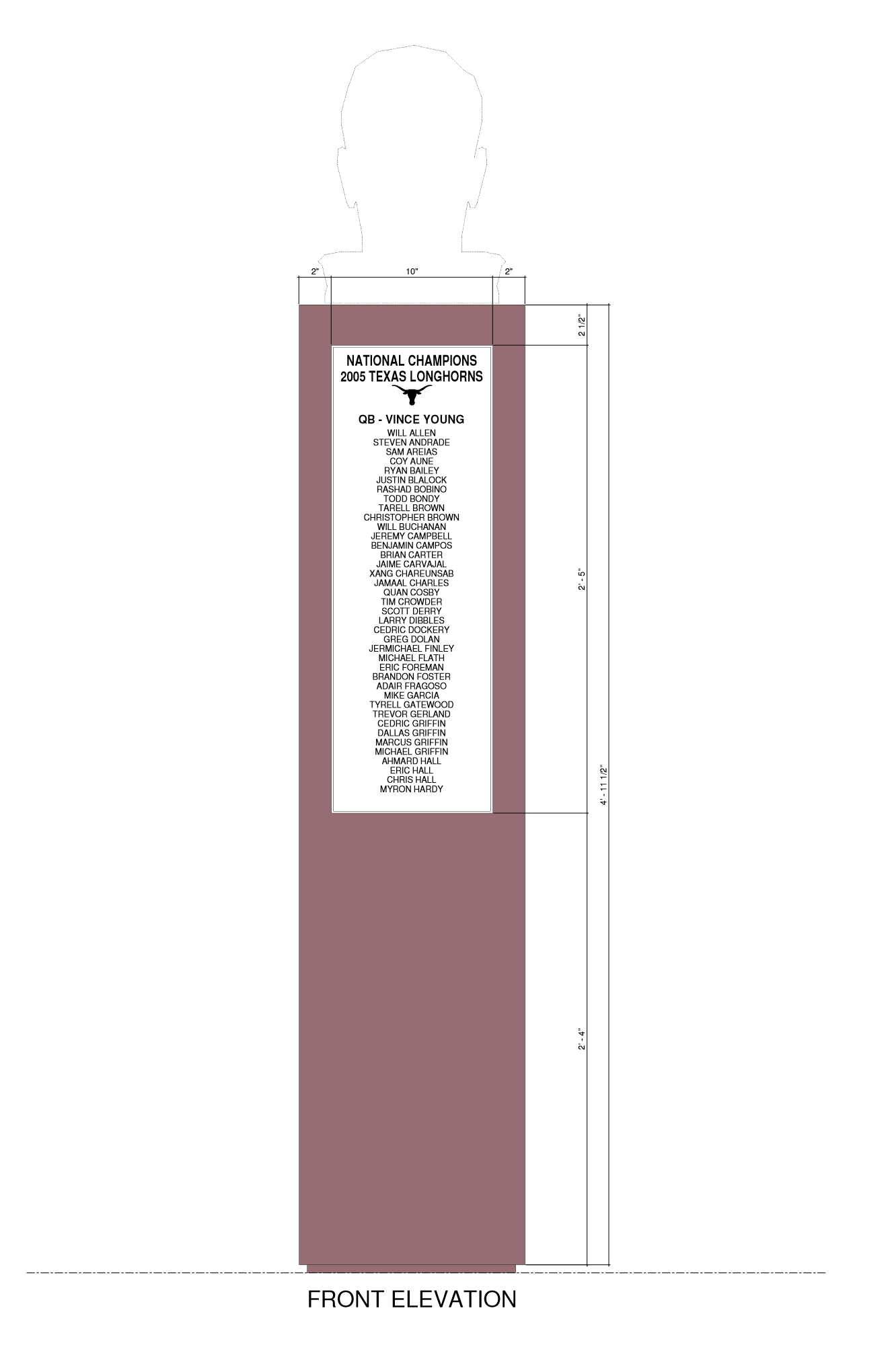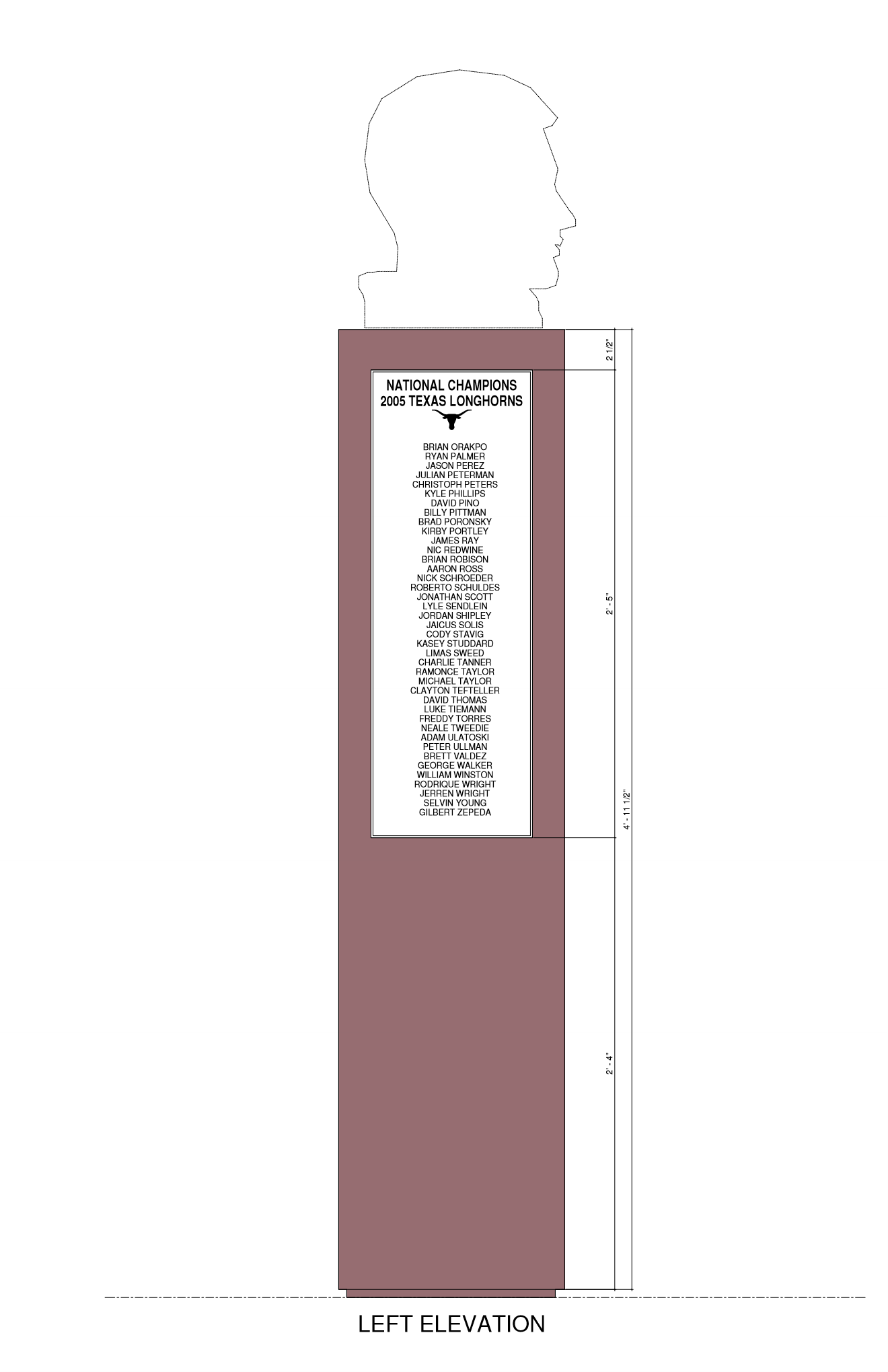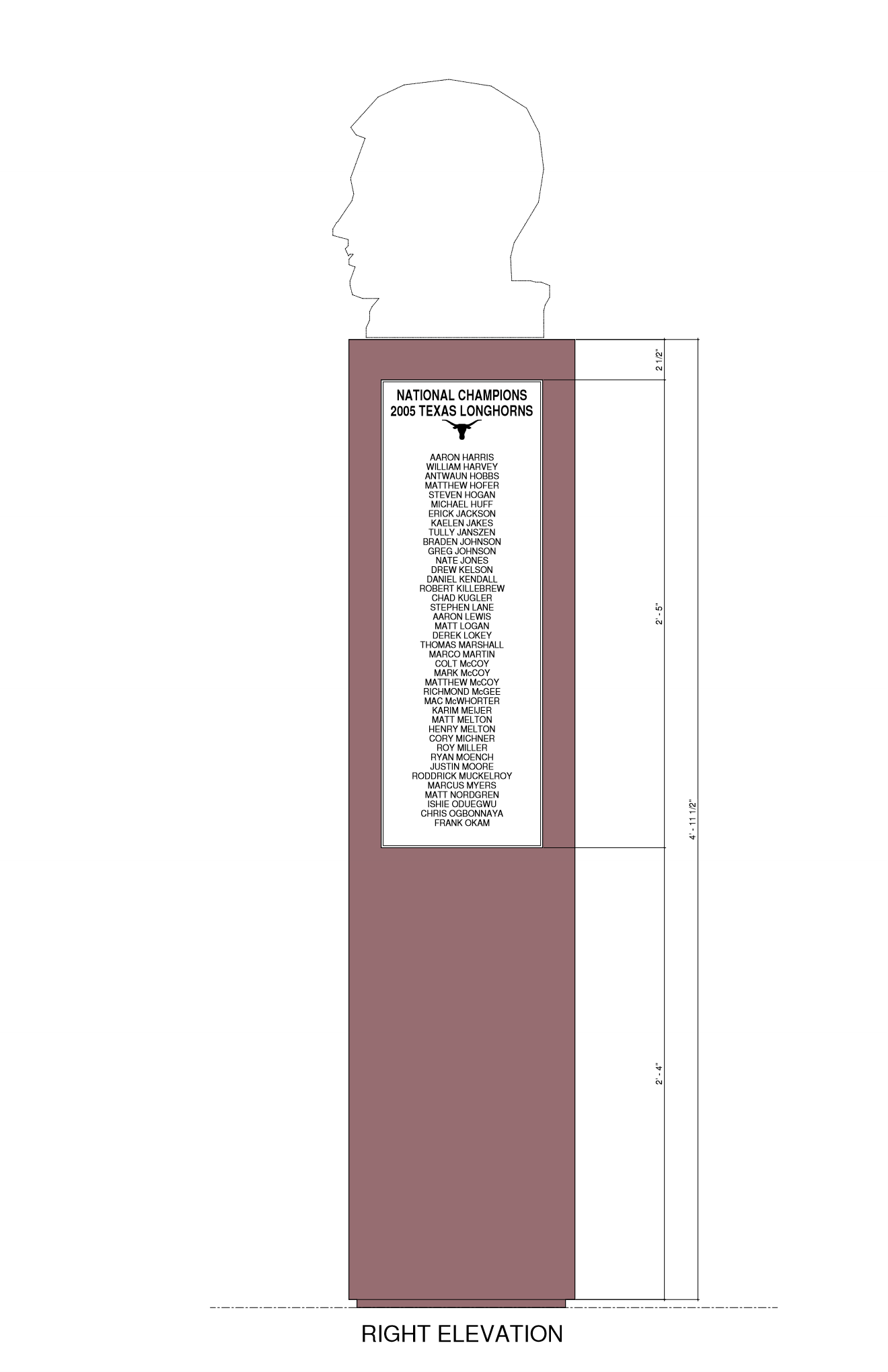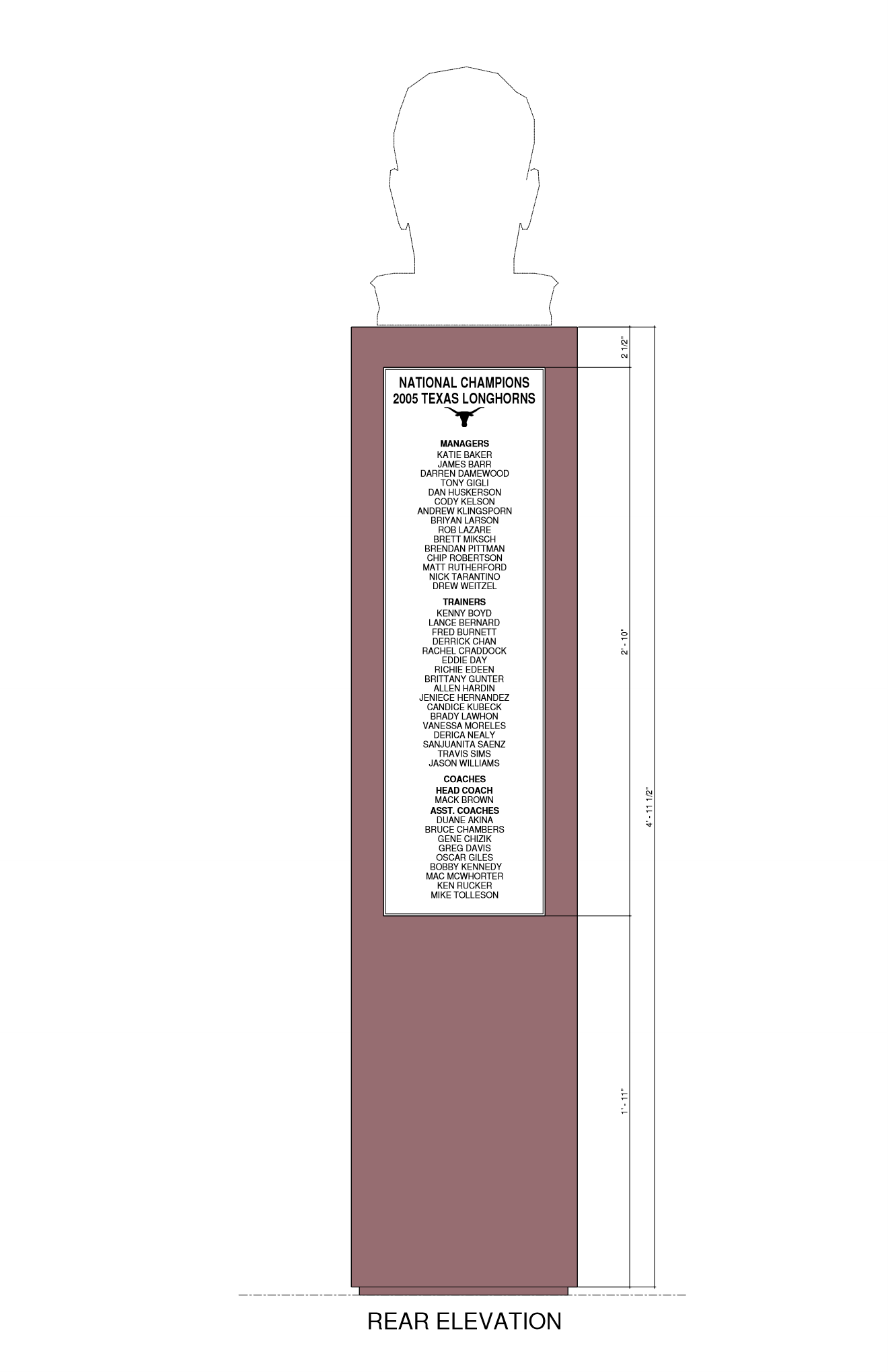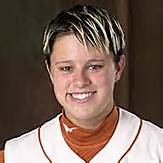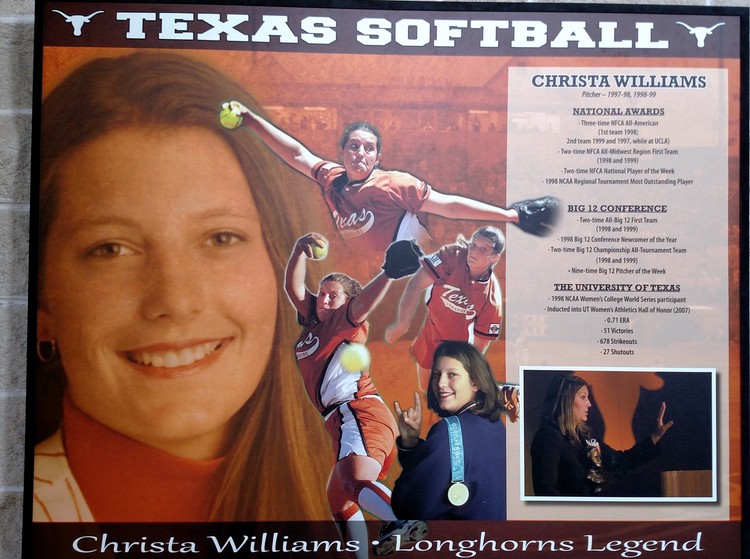Texas set a record for number of championships in their last year in the Big 12
As of 06/24/2024 The national championship count is as follows.
Texas now boasts 66 all-time National Championships (62 NCAA crowns) and four AIAW crowns. This is an impressive feat for the Longhorns, who rank fourth in the number of national championships after Stanford, UCLA, and USC.
Women National Championship trophys
In 1985-1986 the Women won the National Championships in swimming, diving, indoor and outdoor track, basketball, and cross country. Most championships ever for sports in the history of UT.
Cross Country National Champs 1985-86
National Championship by Coach in numerical order including Pre NCAA championships as of 2021:
16- Coach Reese men's swimming- 1981, 1988, 1989, 1990, 1991, 1996, 2000, 2001, 2002, 2010, 2015, 2016,2017, 2018, 2020, 2021)
6- Coach Quick Women's swimming -1982, 1984,1985,1986, 1987, 1988,
6- Coach Kearney (outdoor and indoor track in the same year or counted separately) 1998,1999,2005,2006
5- Coach Crawford (outdoor and indoor track in the same year or counted separately) 1982, 1986,1988,1990
1- Coach Edrick Floréal women’s outdoor champion - 2023
3- DKR 1963, 1969, and 1970
2- Coach Falk baseball 1949 and 1950
2- Coach Gustafson baseball 1975 and 1983
2- Coach Garrido 2002 and 2005
2- Coach Hannon men's golf 1971 and 1972
2- Coach Schubert women's swimming 1990 and 1991
1- Coach Bruce Berque men’s tennis 2019
2- Coach Jeff Moore women's tennis 1993 and 1995
2- Howard Joffe women’s tennis 2021-2022
2- Mick Haley women’s volleyball 1981, 1988
1- Coach Brown football 2005
1- Coach Conradt women's basketball 1986
1- Coach Bergen women's swimming 1981
1- Coach Crawford cross country track
1- Edrick Floréal - Indoor track and field
2- Coach Elliot women's volley ball 2012, 2022, 2023
2- Coach John Field Golf 2012, 2022
2- Dave O'Neill rowing - 2021, 2022, 2024
National Championships by Sport
Baseball (6): 1949, 1950, 1975, 1983, 2002, 2005
Women's Basketball (1): 1986
Women's Cross Country (1): 1986
Football (4): 1963 (AP, UPI, FWAA, NFF), 1969 (AP, UPI, FWAA, NFF), 1970 (UPI, NFF), 2005 (AP, Coaches, FWAA, NFF)
Men's Golf (4): 1971, 1972, 2012, 2022
Men's Swimming (16): 1981, 1988, 1989, 1990, 1991, 1996, 2000, 2001, 2002, 2010.2015.2016,2017,2018,2021, 2022
Women's Swimming (9): 1981, 1982, 1984,1985,1986, 1987, 1988, 1990, 1991
Men’s tennis (1) - 2019
Mens Indoor track (1): 2022
Rowing (2) 2021, 2022
Women's Tennis (4): 1993, 1995, 2021, 2022
Women's Indoor Track (6): 1986, 1988, 1990, 1998, 1999, 2006
Women's Outdoor Track (4): 1986, 1998, 1999, 2005, 2023
Women's Volleyball (3):1981, 1988, 2012, 2022, 2023
volleyball
National Champions , 1981, 1988, 2012, 2022, and 2023
NCAA Tournament champion runner-up in 2009, 2015, 2016, 2020, 2023,
More about Coach Elliot at https://texas-lsn.squarespace.com/coach-jerritt-elliot .
Football
Texas has been a national champion in football nine times, according to the Official NCAA Football Record Book, which names every team to which a “major” selector awards a championship. According to that publication, the champions were 1914, 1941, 1963, 1968, 1969, 1970, 1977, 1981, and 2005.
According to Wikipedia, Texas has been recognized 15 times as football national champions in media and/or institutional formats.
4 times acknowledged by Texas and the NCAA (1963, 1969, 1970, 2005),
5 times recognized by the NCAA but not acknowledged by UT (1914, 1941, 1968, 1977, and 1981), and
6 times crowned as National Champion by some national rating services but not recognized by Texas or the NCAA. ( 1918, 1930, 1945, 1947, 1950, and 2008).
NCAA and Texas recognized national champions
Baseball
The Texas Longhorns are the winningest team in college baseball history with 77 conference championships, 35 College World series, 12 appearances to the Championship game, and 6 national champions (1949, 1950, 1975, 1983, 2002, 2005).
Men's swimming
Swimming NCAA Championship (1981, 1988, 1989, 1990, 1991, 1996, 2000, 2001, 2002, 2010, 2015, 2016, 2017, 2018, 2021,2022)
Women's swimming
The Longhorn Women's Swim Team Has Won 9 National Champions, 1981, 1982, 1984, 1985, 1986, 1987,1988, 1990, and 1991
Womens Basketball
Coach Jody Conradt - 1976-2007
783-245 win loss record
5- Elite 8 appearances
3- Sweet 16 appearances
1- National Championship
2- Final 4 appearances
Men's Golf- National Champions 1971, 1972, 2012, 2022
2022
Rowing 2021, 2022, 2024
Mens Tennis - 2019
Womens Tennis - National Champions 1993, 1995, 2021, 2022
Women's Track
1998 Women’s National Champions and Support Staff.
If anyone has a team picture of the National championship teams, I would like to add to the site to complete the story of women's track. I can't find any team pictures.
Indoor National Championships (6):
1986, 1988, 1990, 1998, 1999, 2006
Women Outdoor track National Championships (4):
1982 (AIAW), 1986, 1998, 1999, 2005, 2024
Volleyball
National Championship 1988, 2012, 2022
Softball
HAS STEVE WORSTER BEEN FORGOTTEN?
by Larry Carlson https:// texaslsn.org
This summer's news that Longhorn greats Dan Neil and Michael Huff are on the ballot for next year's voting for the College Football Hall of Fame was welcome. Appropriate.
But I cannot understand for the life of me, how Steve Worster is not already in the HOF, and appears to have disappeared from consideration. It makes no sense.
Worster, who died two years ago at 73, defined the wishbone fullback position and was simply the best to ever play the position in that revolutionary formation. Anywhere.
The sturdy Longhorn whose name adorned the 1967 signing class at UT, known forevermore as "The Worster Bunch," spearheaded the 'bone when it was born in 1968, his soph year and first season of eligibility. The Bridge City bruiser ran over folks for three years, his Texas teams winning 30 straight games and capturing two national titles and three Southwest Conference championships.
He was twice an All-American and was a consensus first-team All-SWC choice all three years he played.
The face of Longhorn football, mighty "Woo" set the pace for greats who would follow in his large, deep footsteps.
Several of Worster's Texas teammates were long ago inducted into the College Football Hall of Fame. Backfield mate Chris Gilbert is in. So are superlative blockers Bob McKay and Jerry Sisemore.
The best of UT's ground-gainers from yesteryear – Earl Campbell, Ricky Williams, Jimmy Saxton and Roosevelt Leaks – are Hall of Famers, as they should be.
Other legendary men who wore the burnt orange, including Vince Young, Tommy Nobis, Johnnie Johnson, Ken Sims, Steve McMichael, Jerry Gray and Derrick Johnson...all are present and accounted for, as are the hosses and bosses of pre-DKR football such as Bobby Layne, Harrison Stafford and Bud McFadin.
How in the hell is Worster not there?
Somebody, get Chris Del Conte on the phone. The UT powers that be need to tend to business with the sport's big dogs and fat cats on this unseemly oversight. Let's face it. The College Football Hall of Fame is diminished by the absence of the matchless Steve Worster.
(TLSN's Larry Carlson is a member of the Football Writers Association of America. He teaches sports media at Texas State University and lives in San Antonio.)





